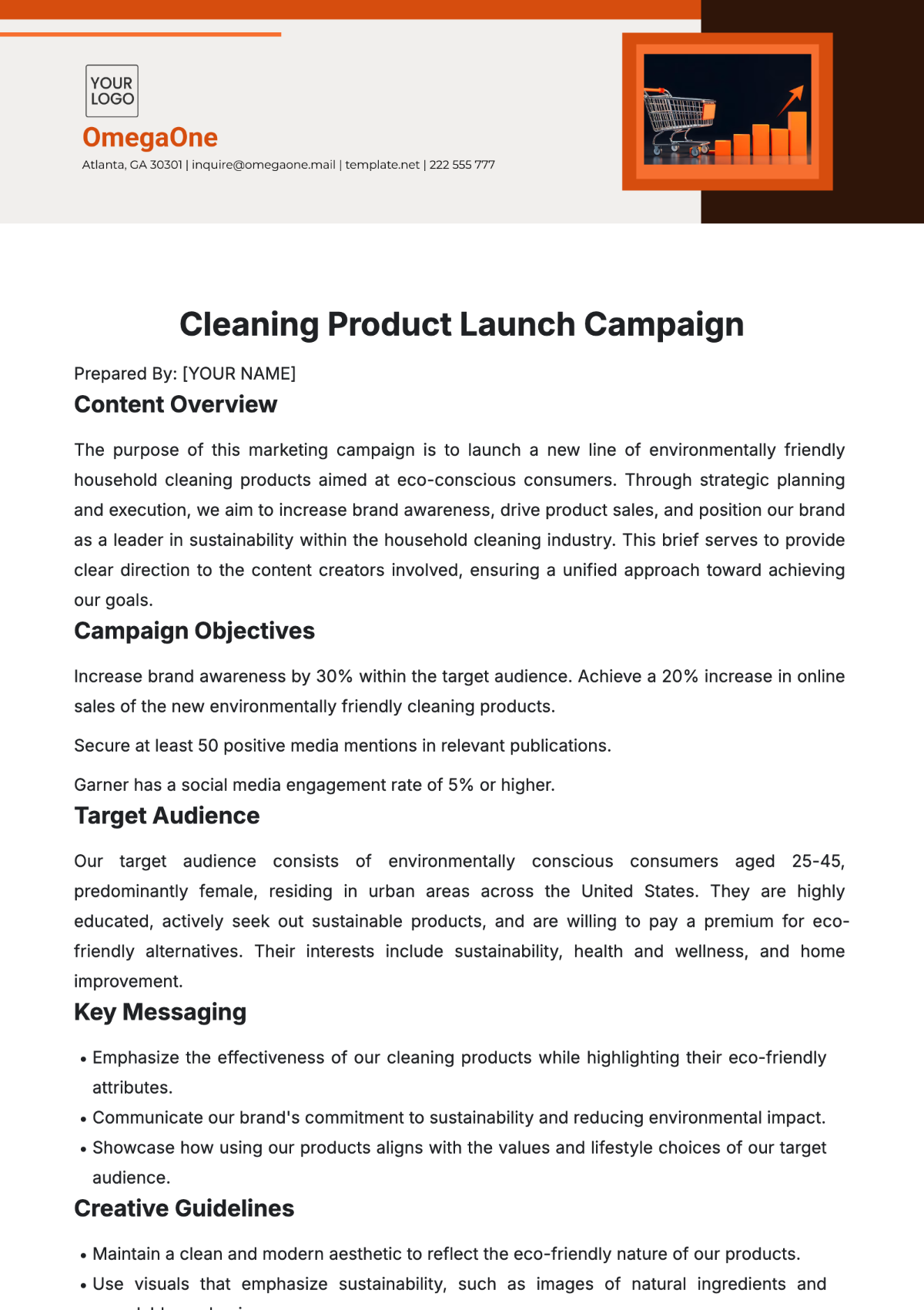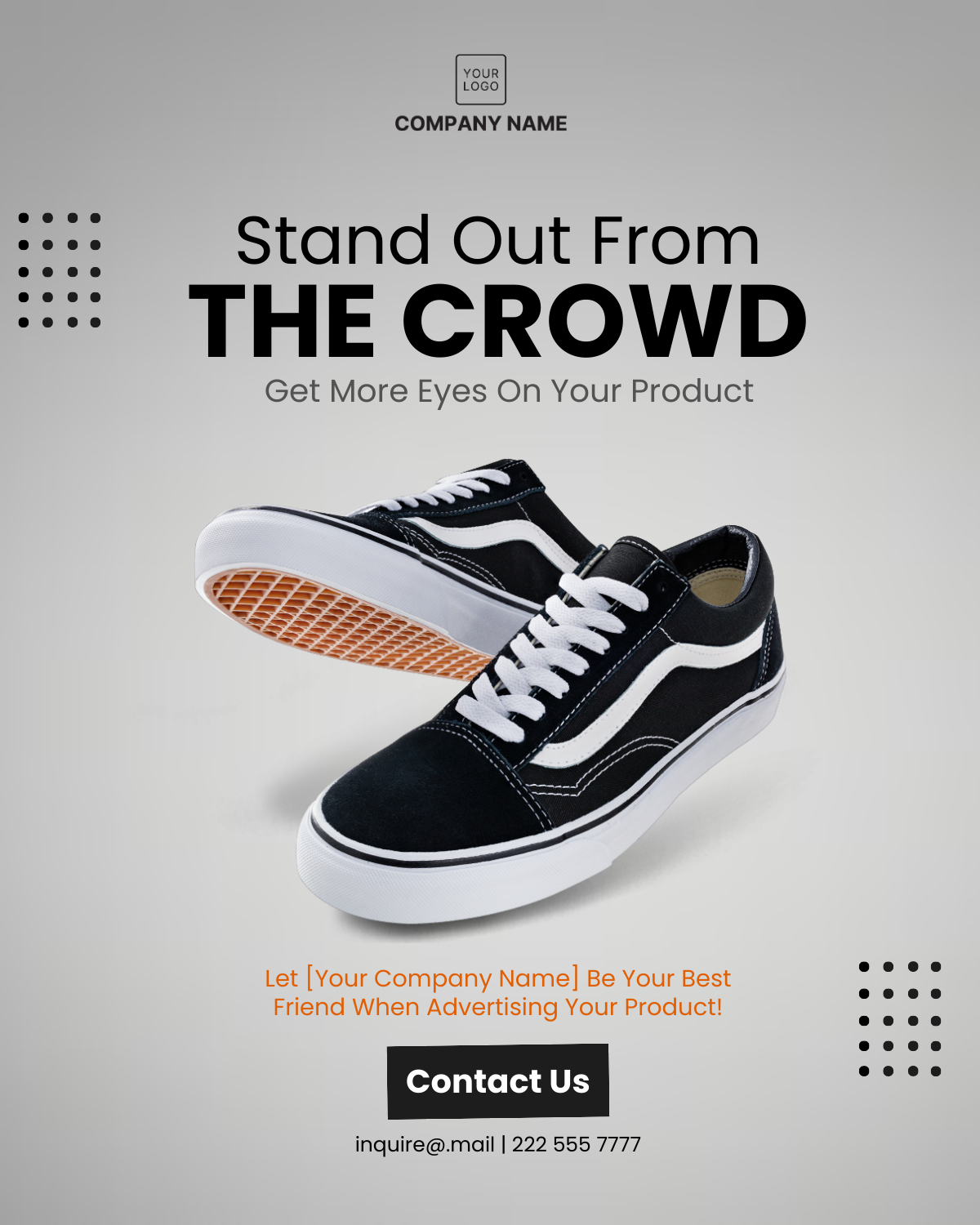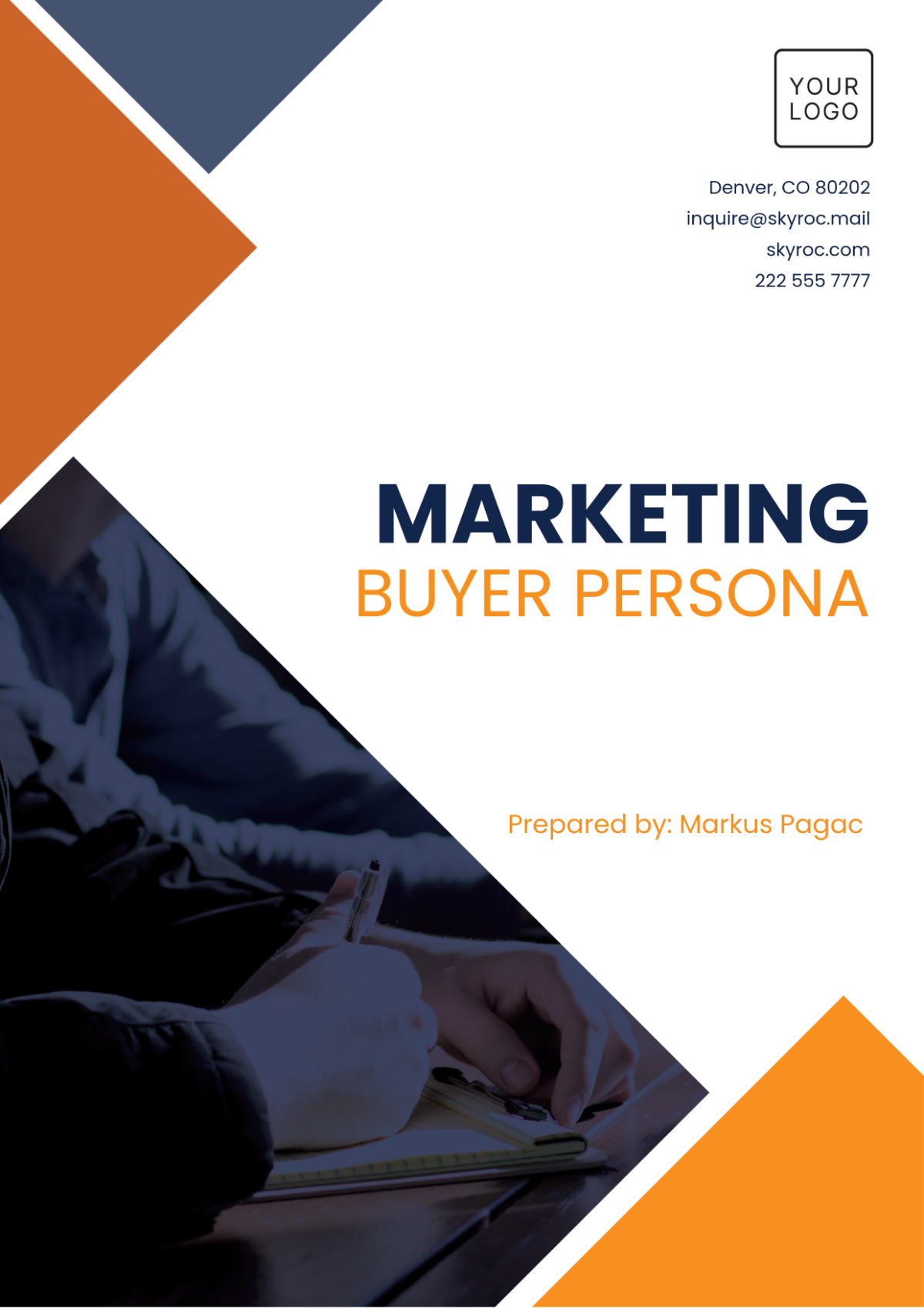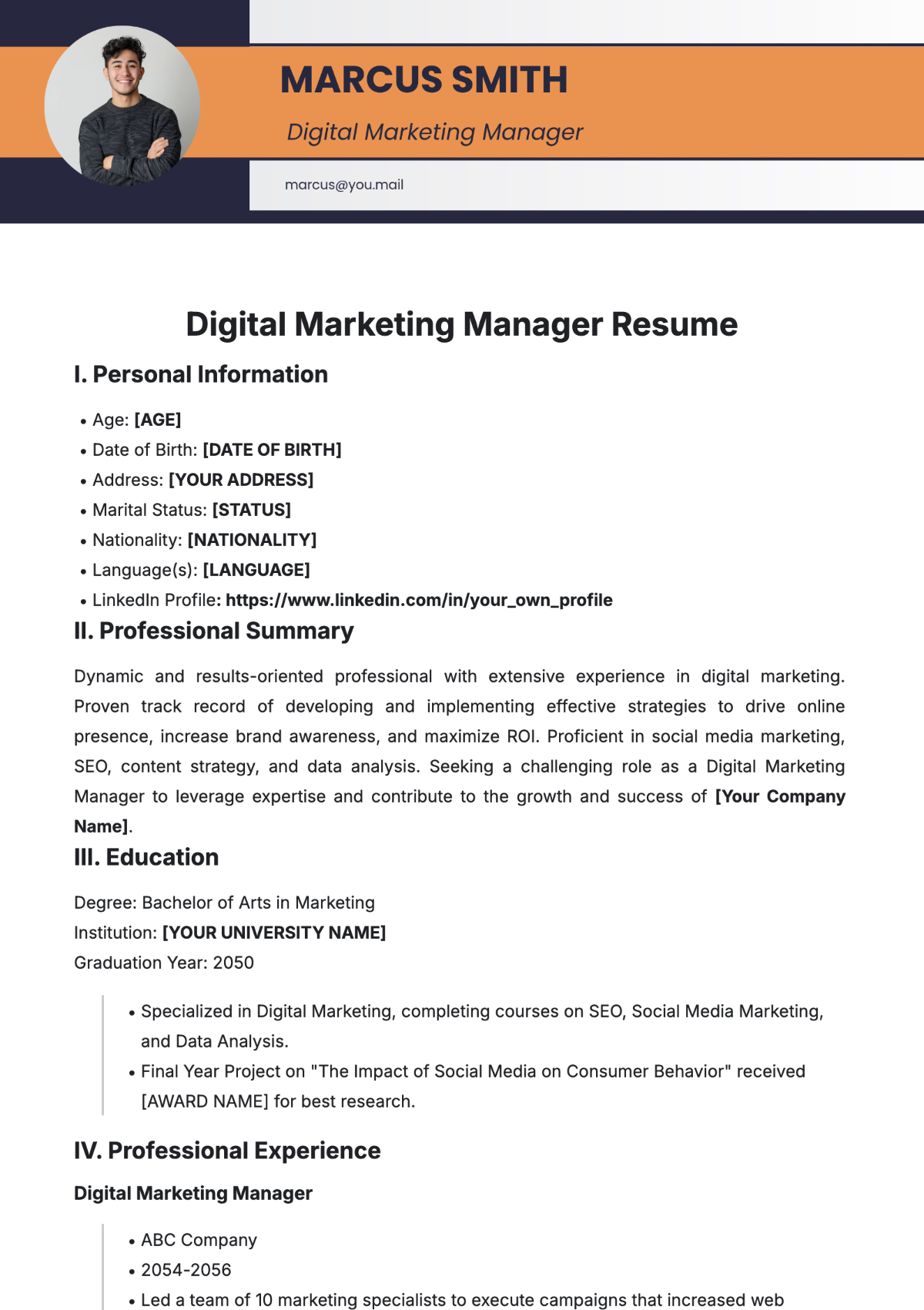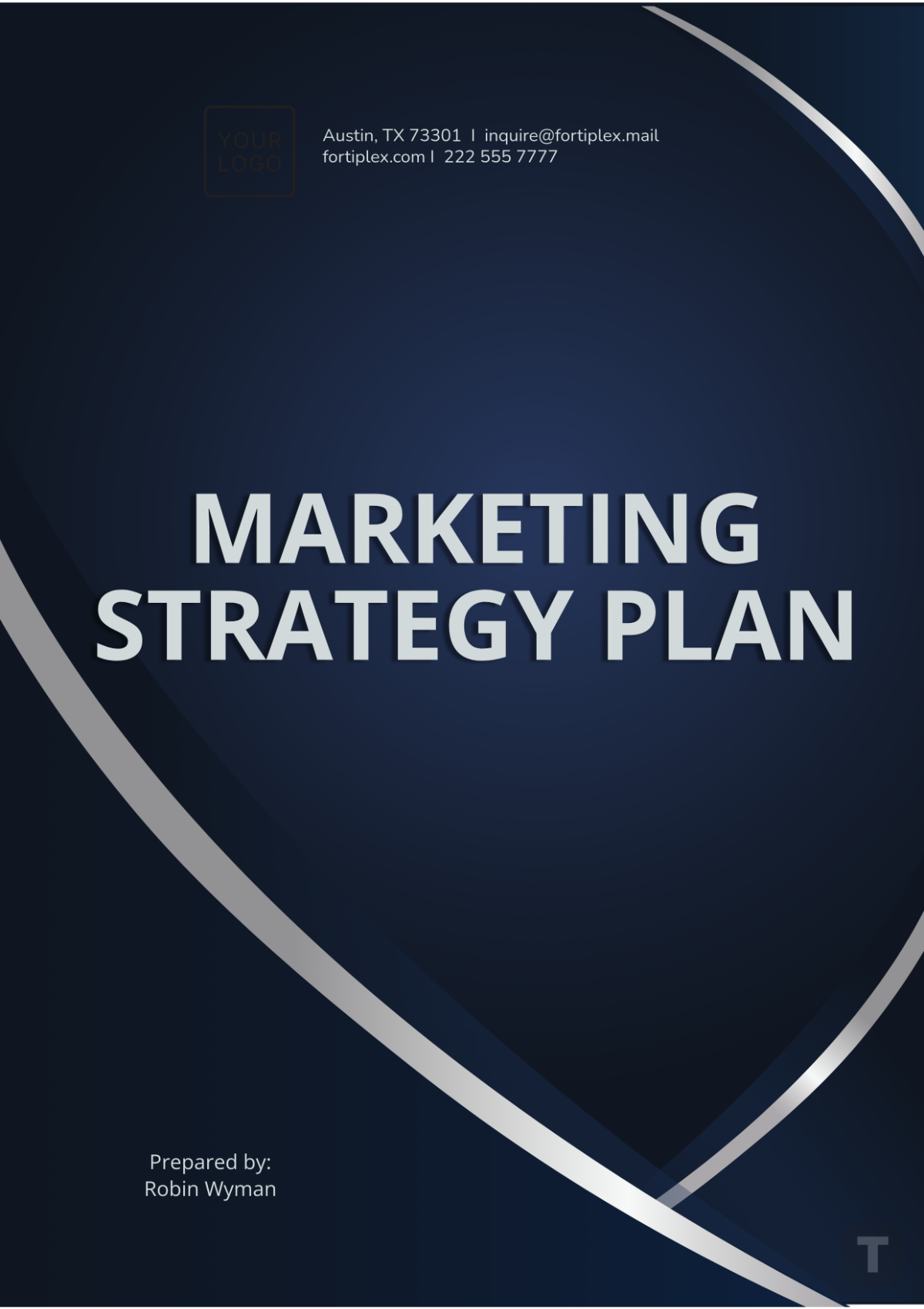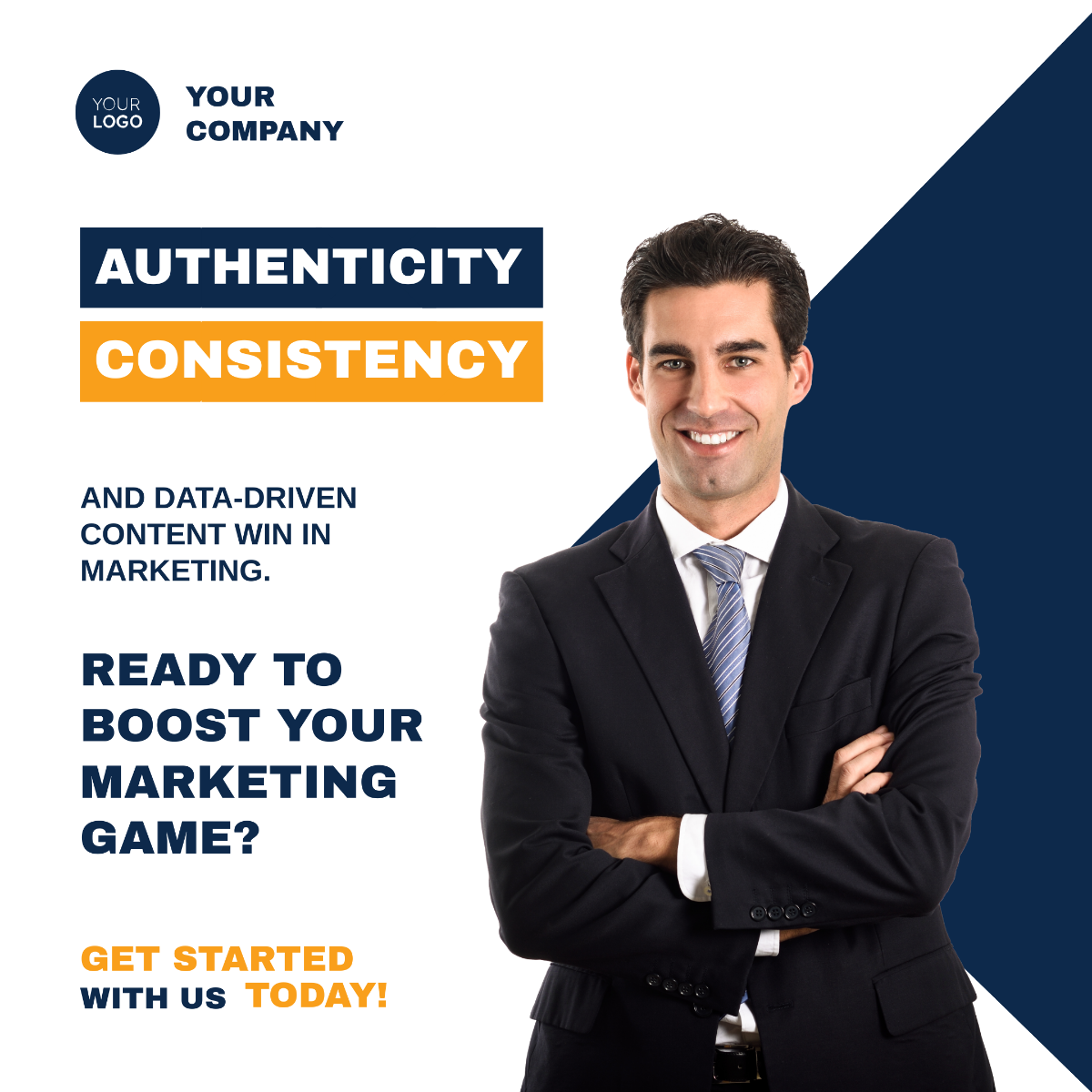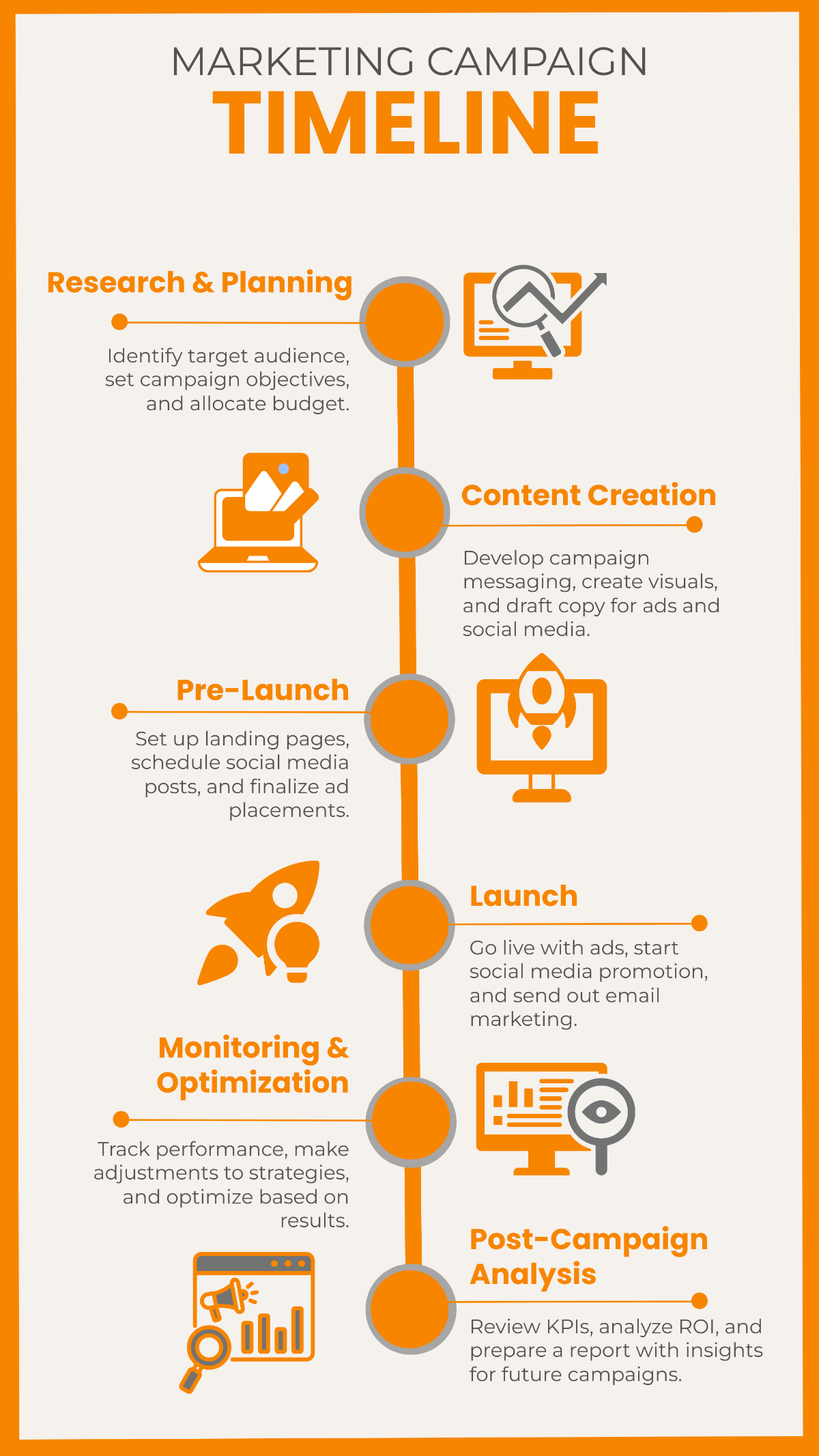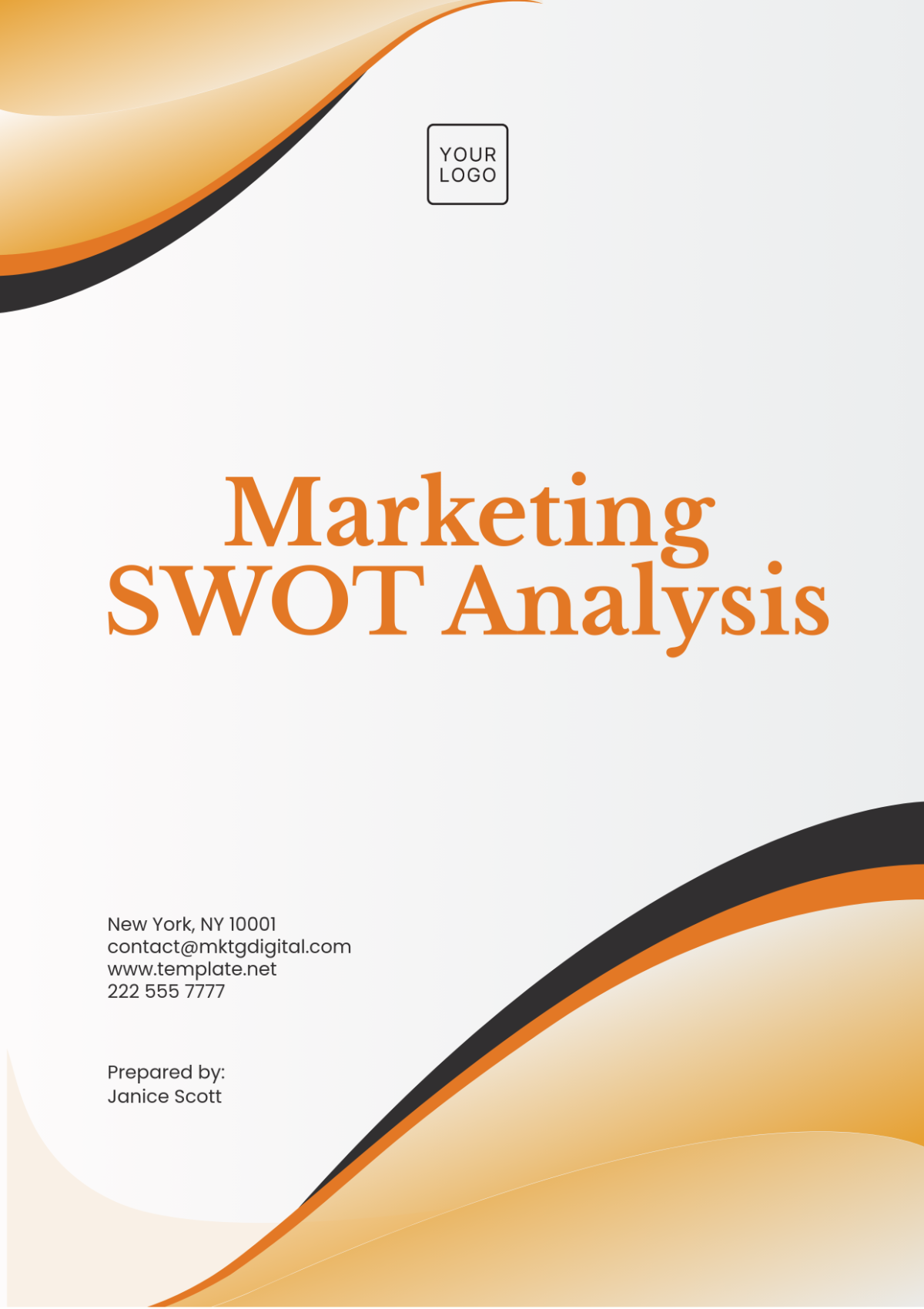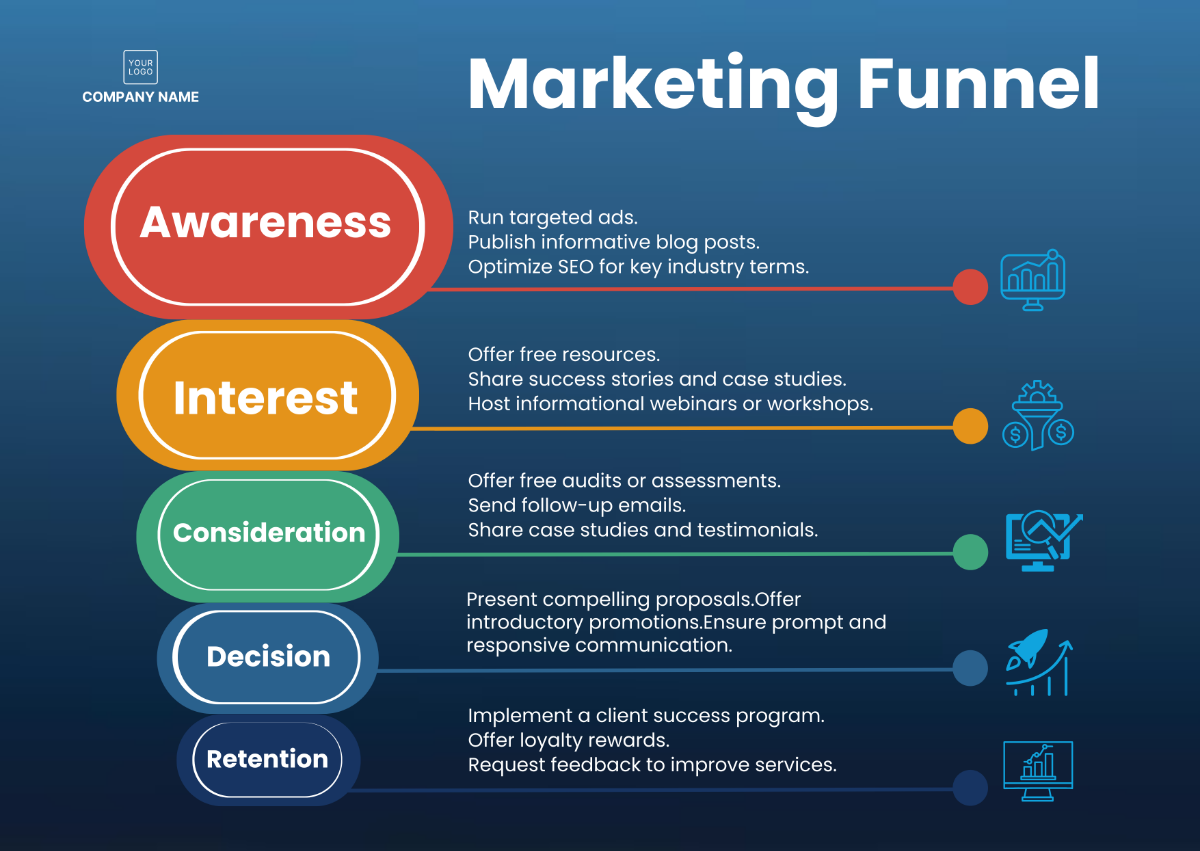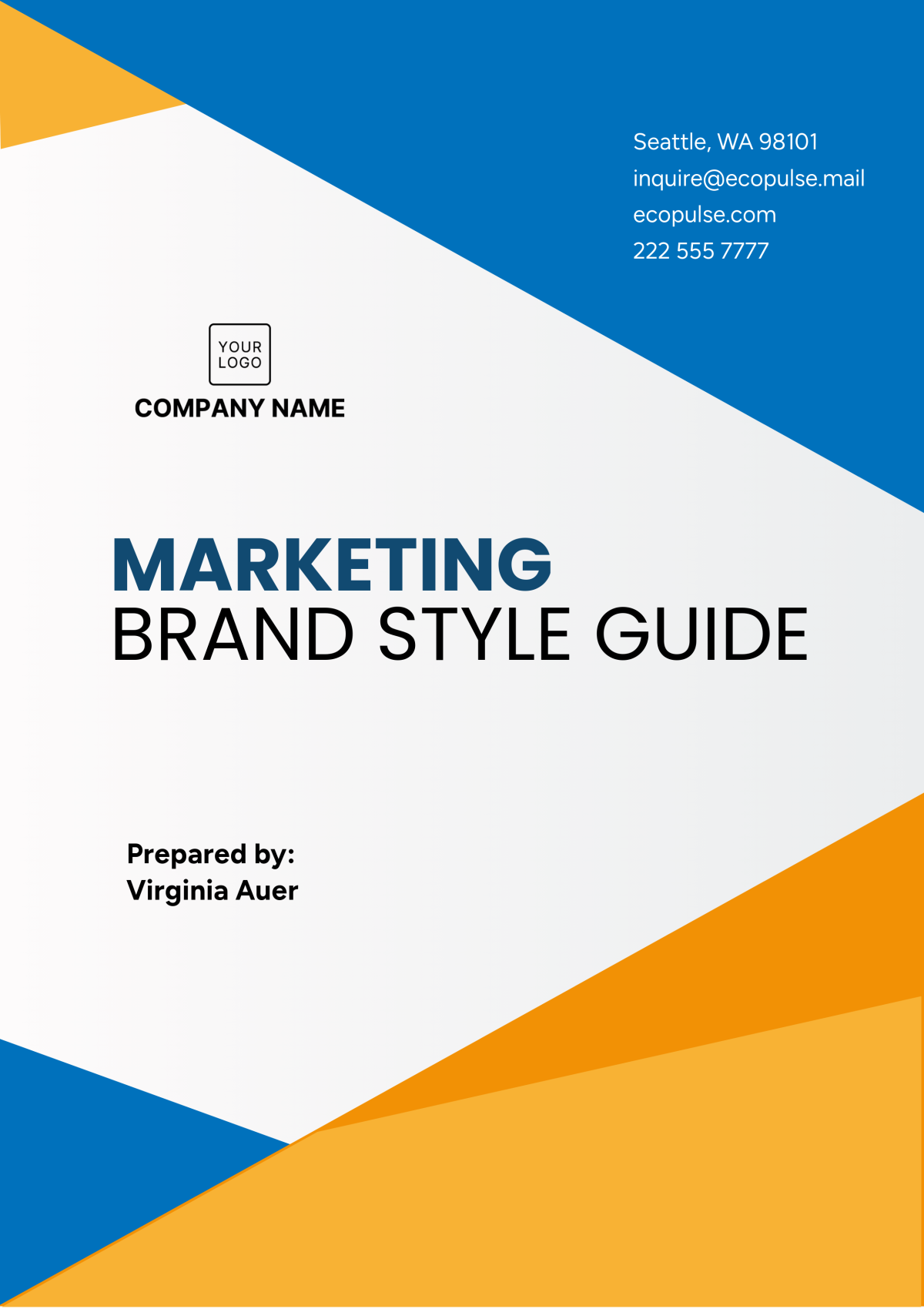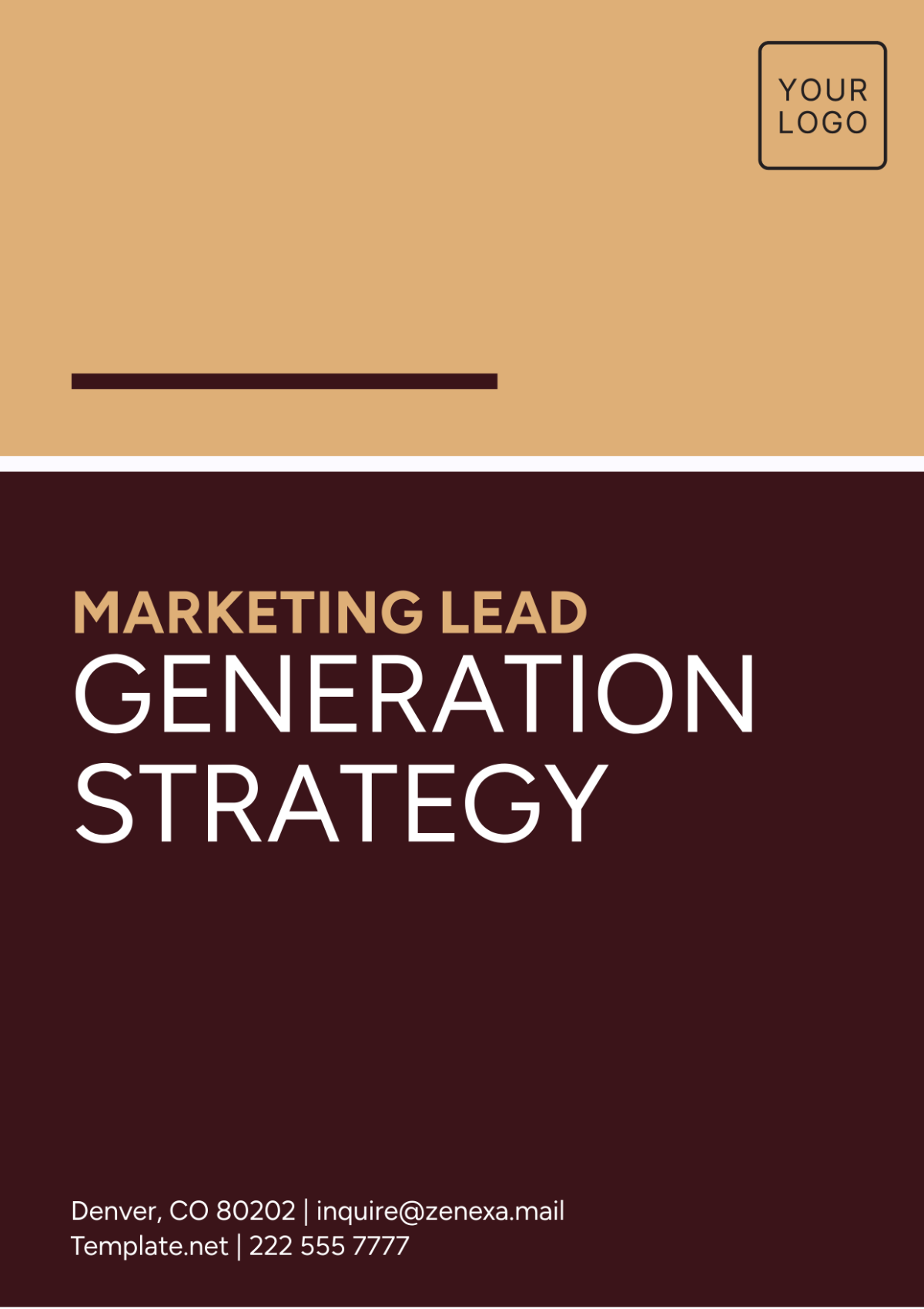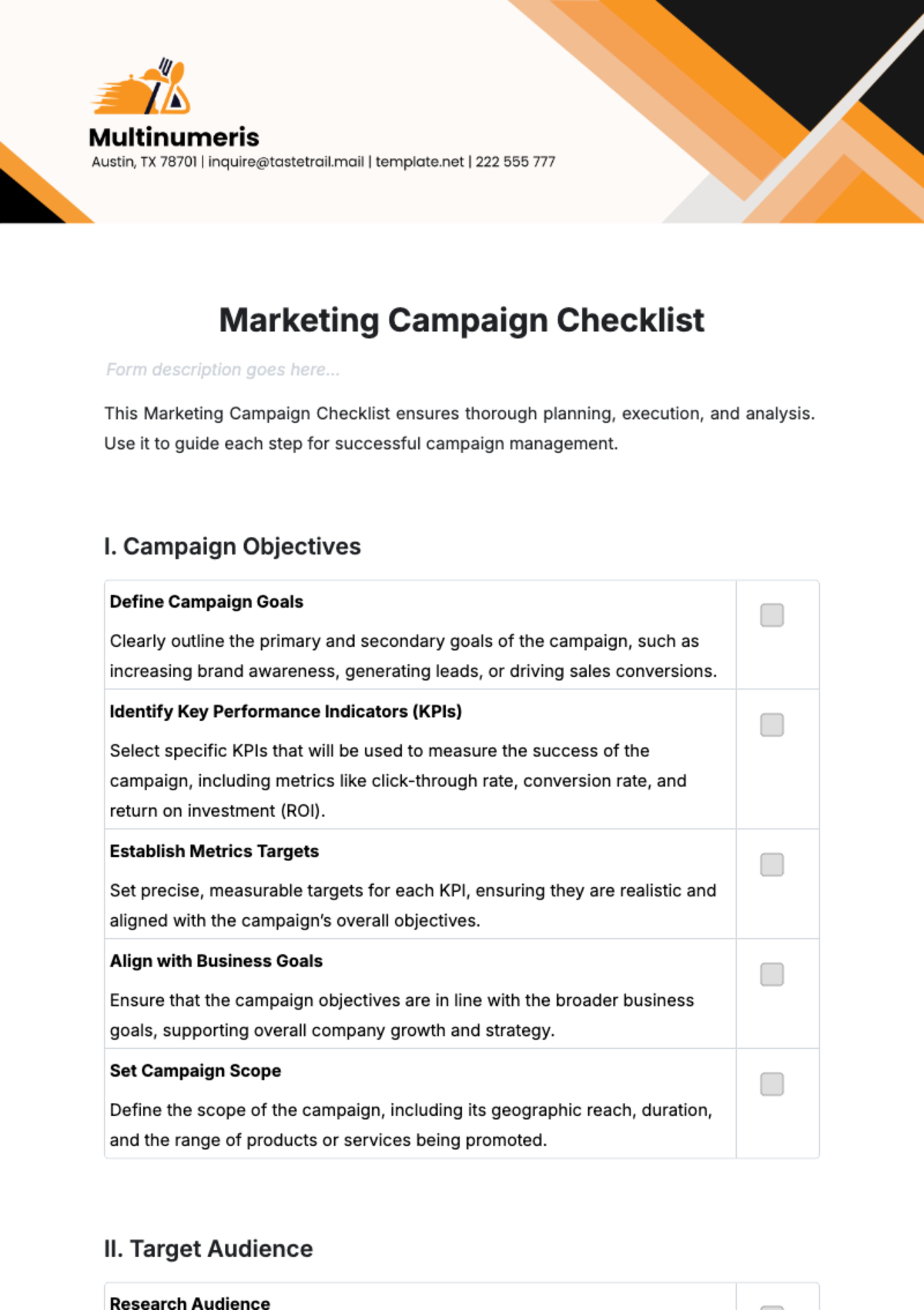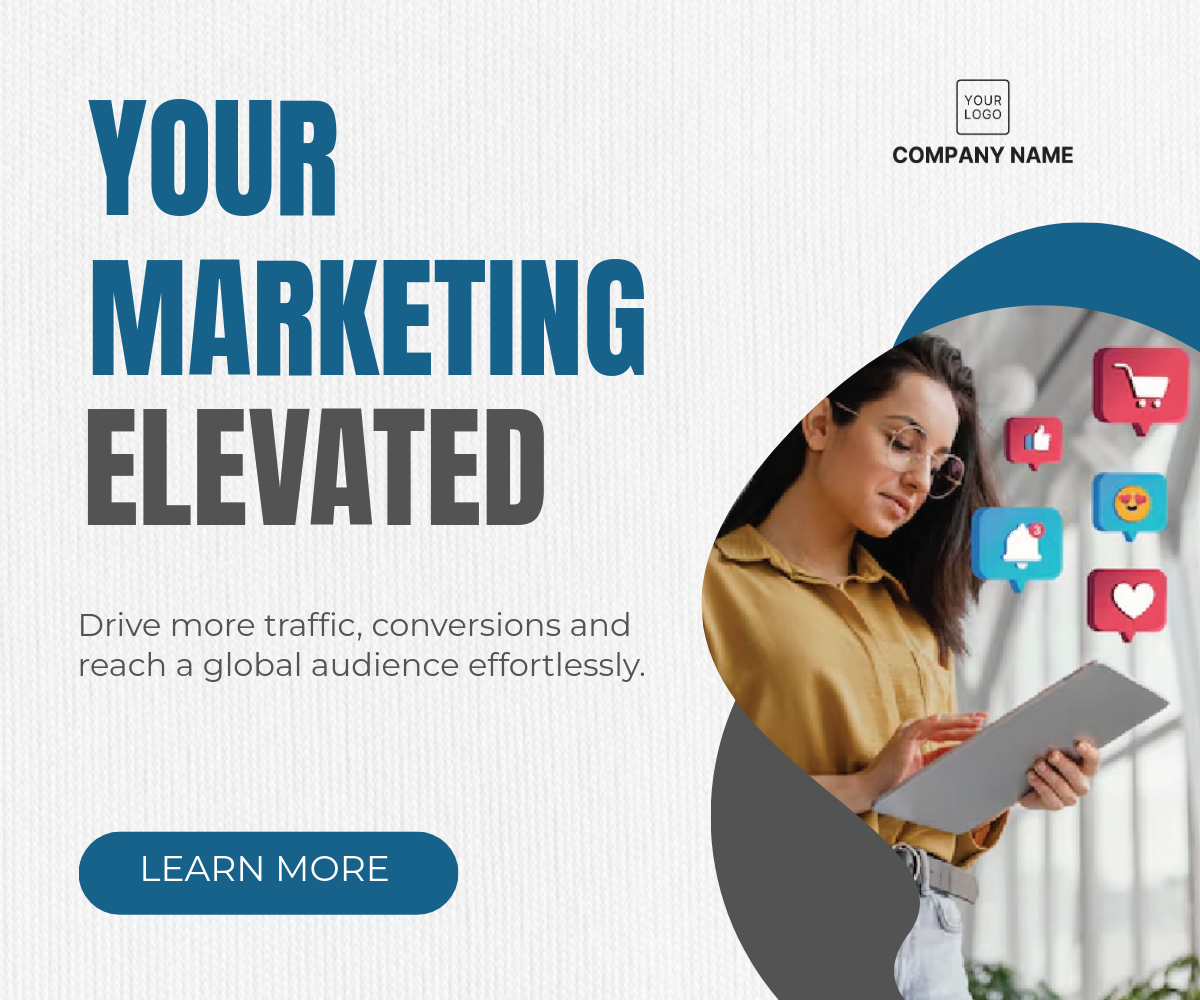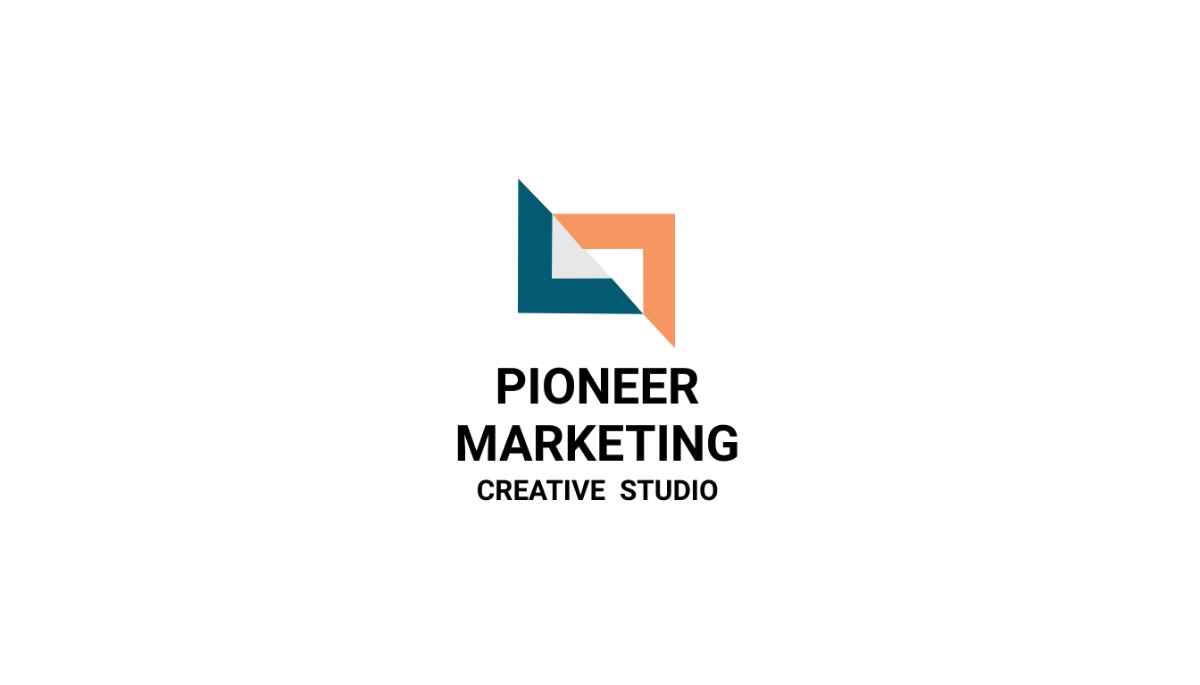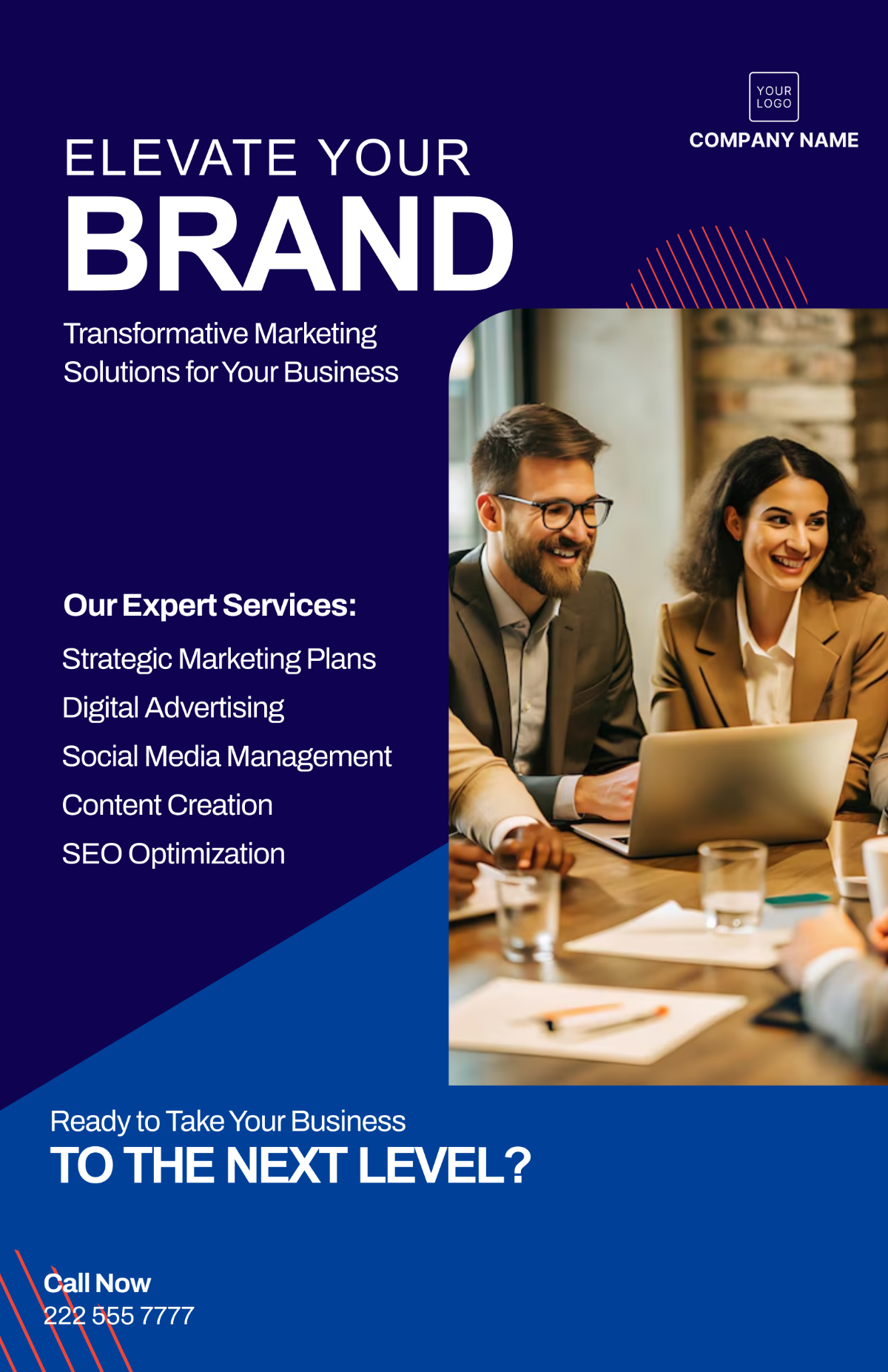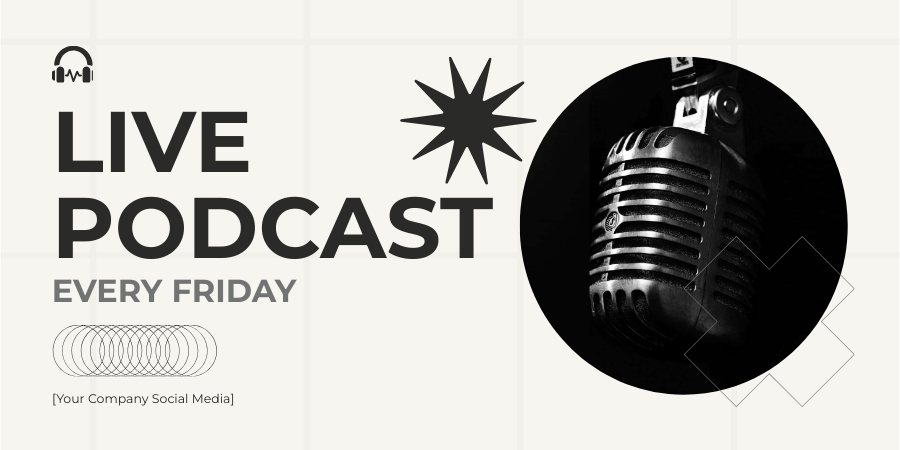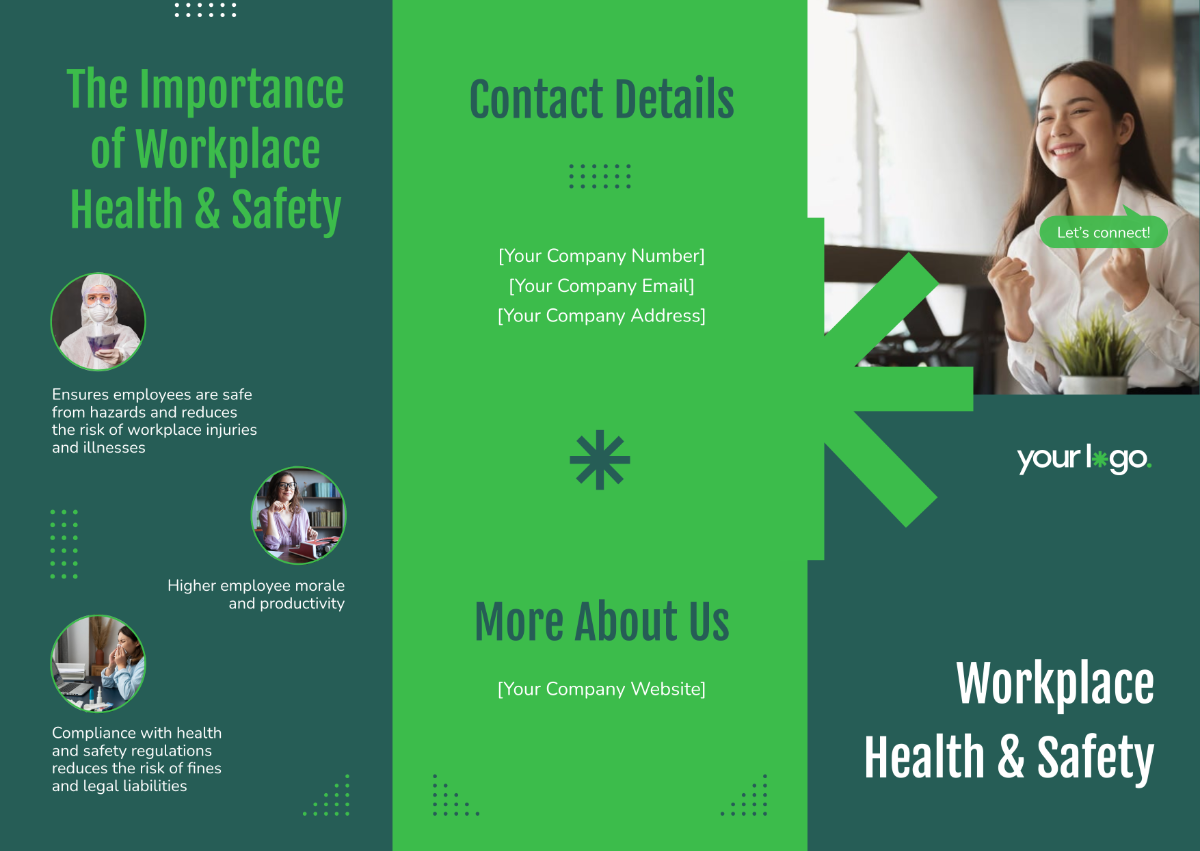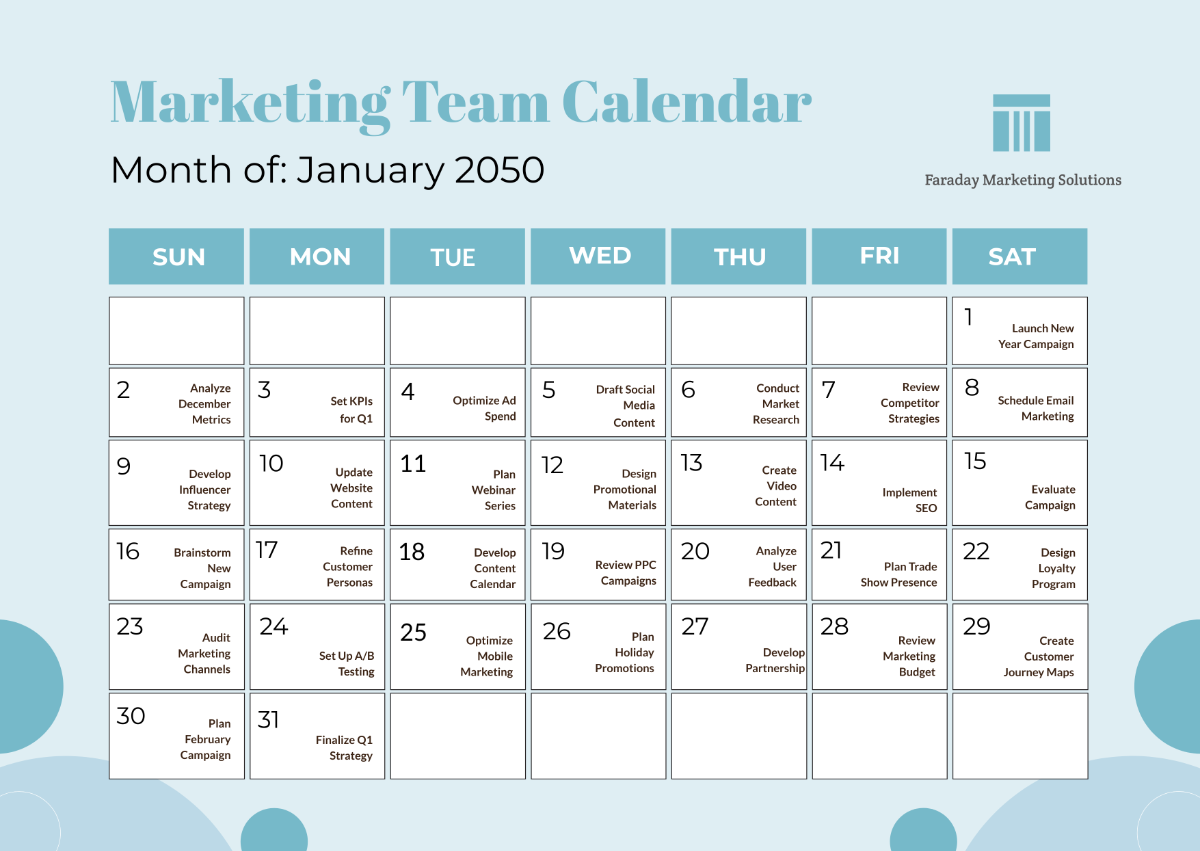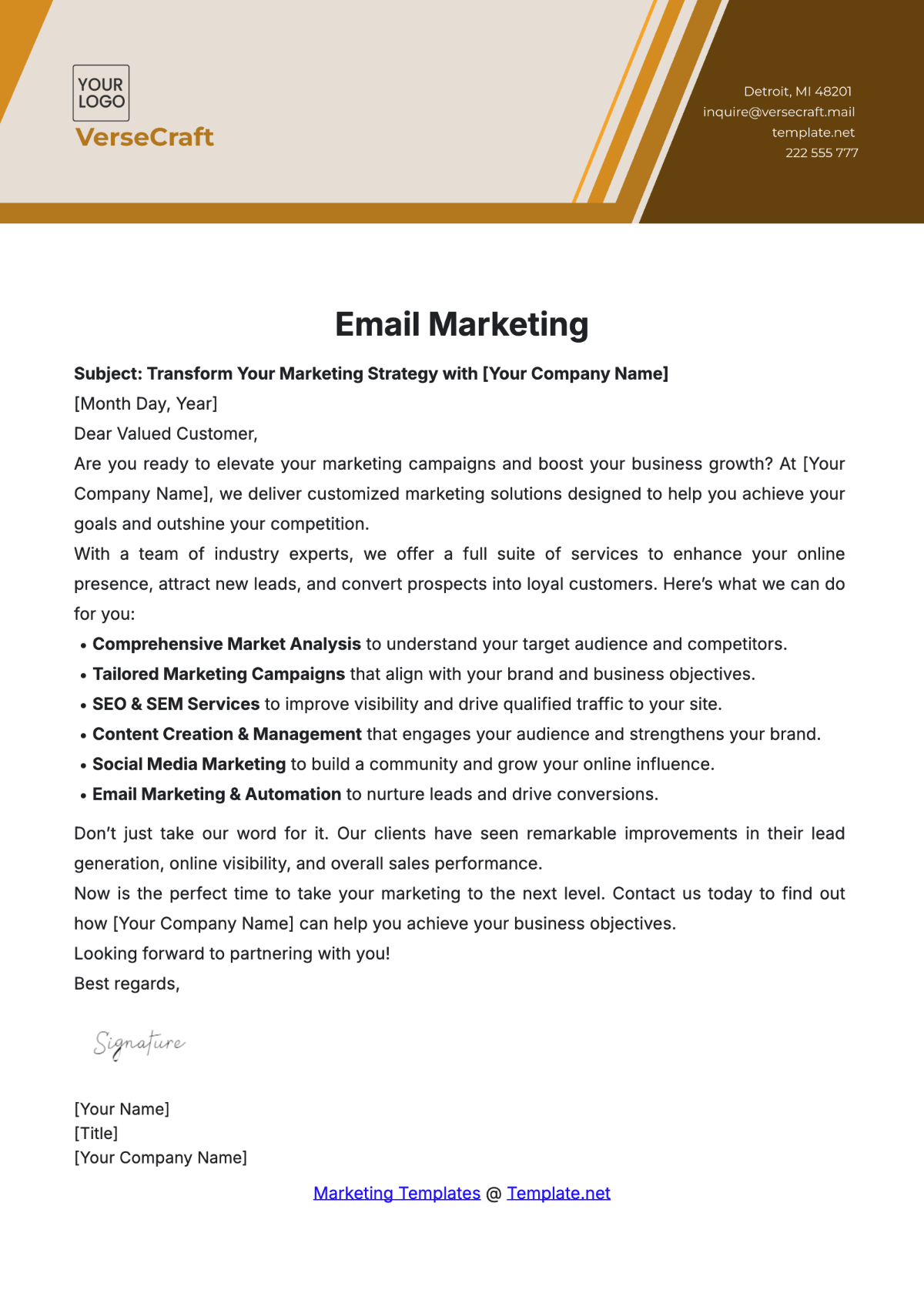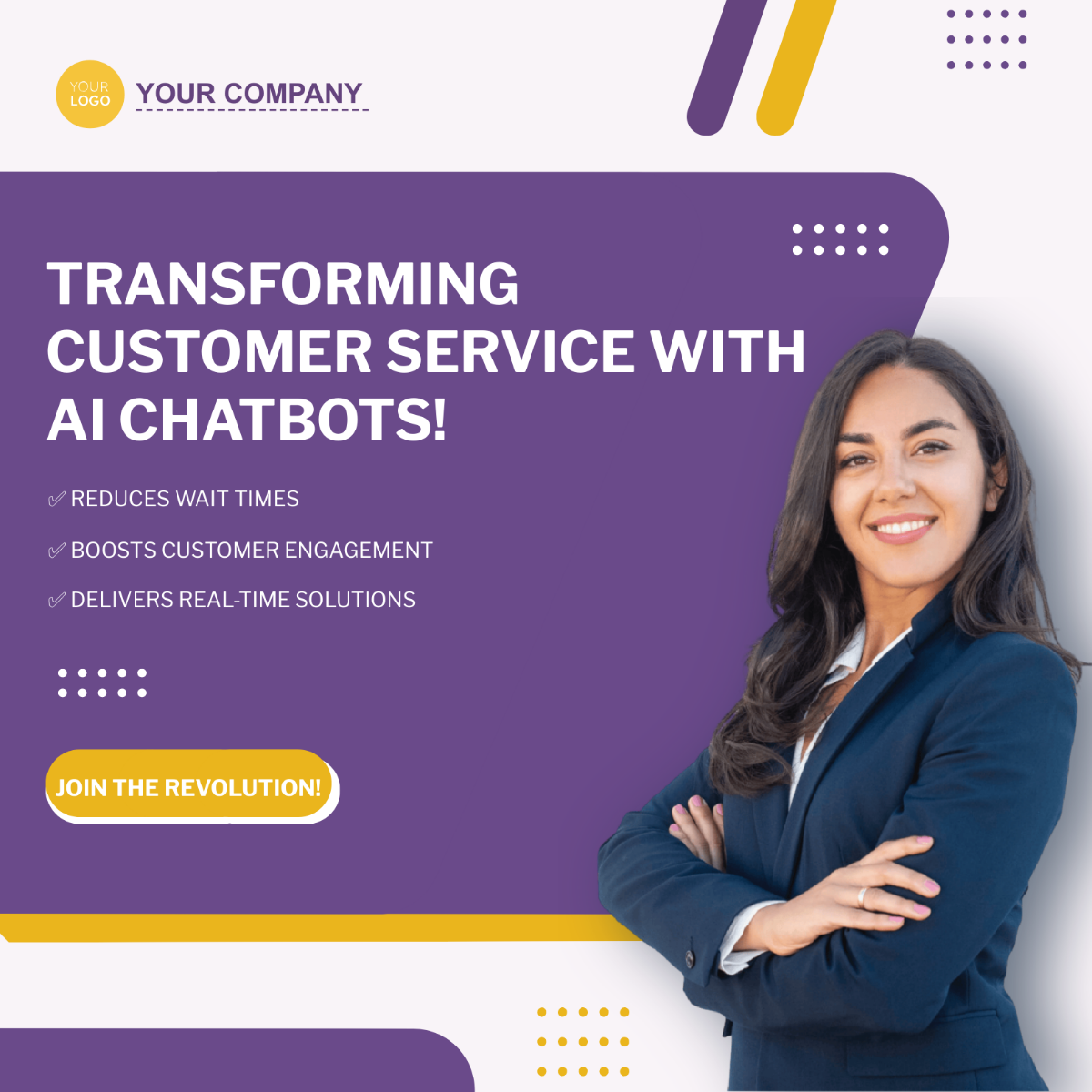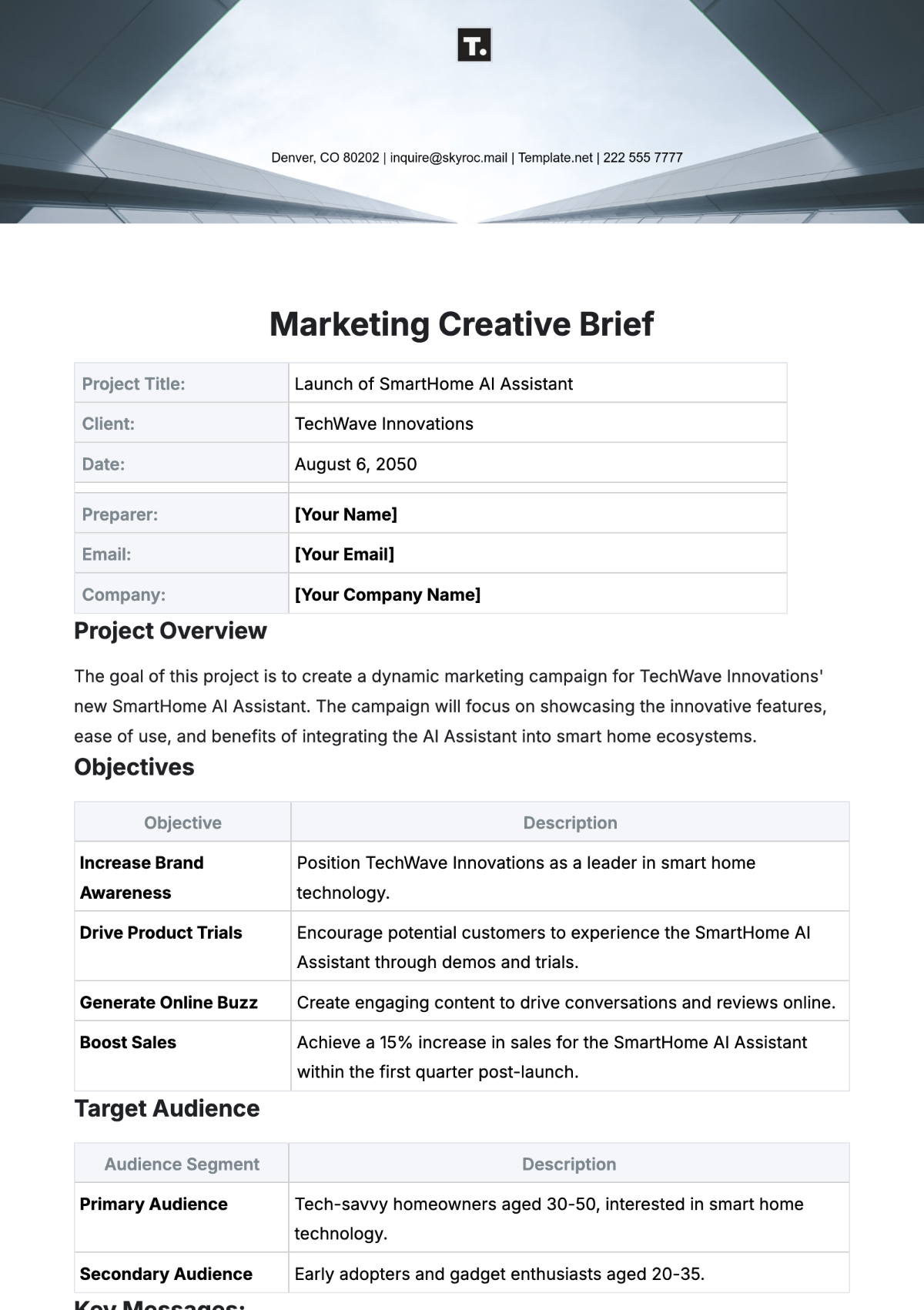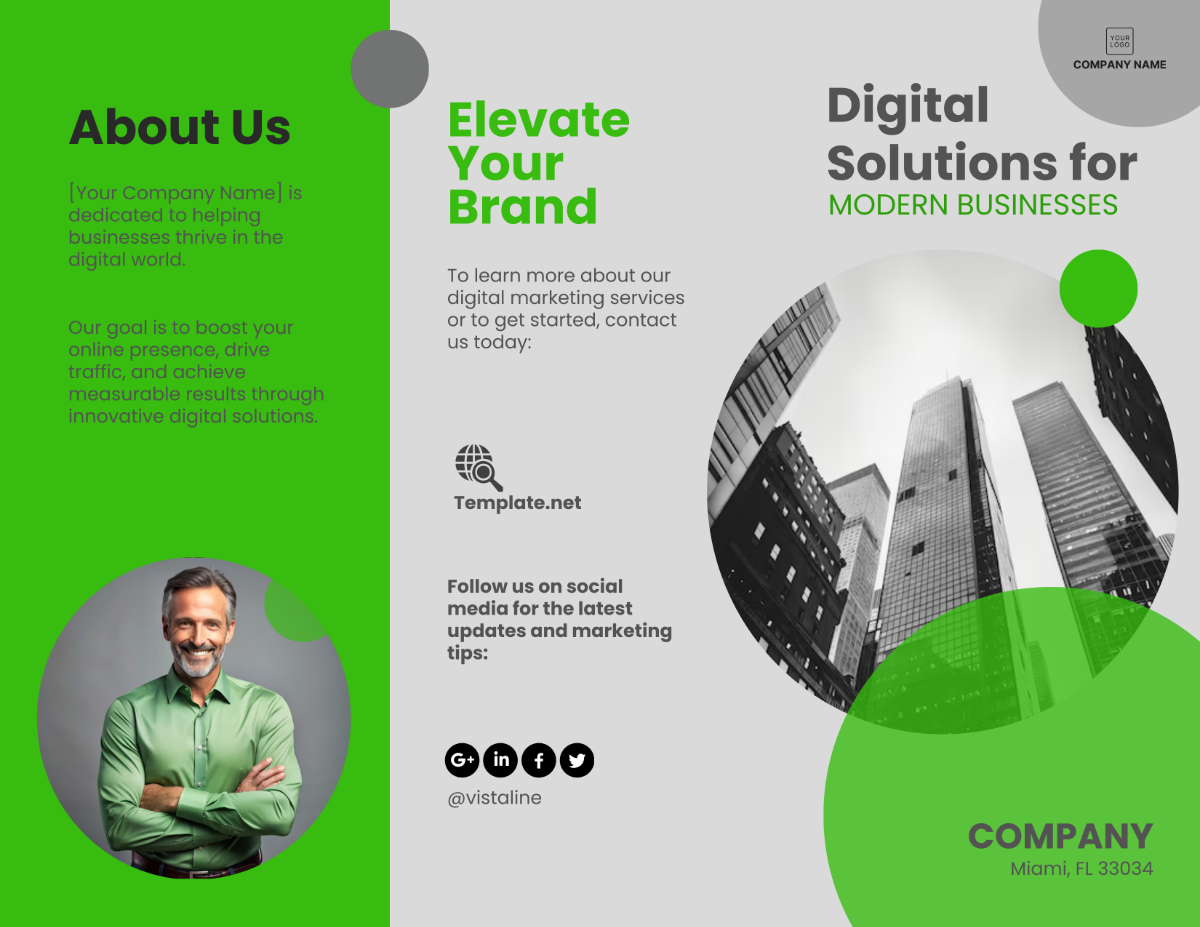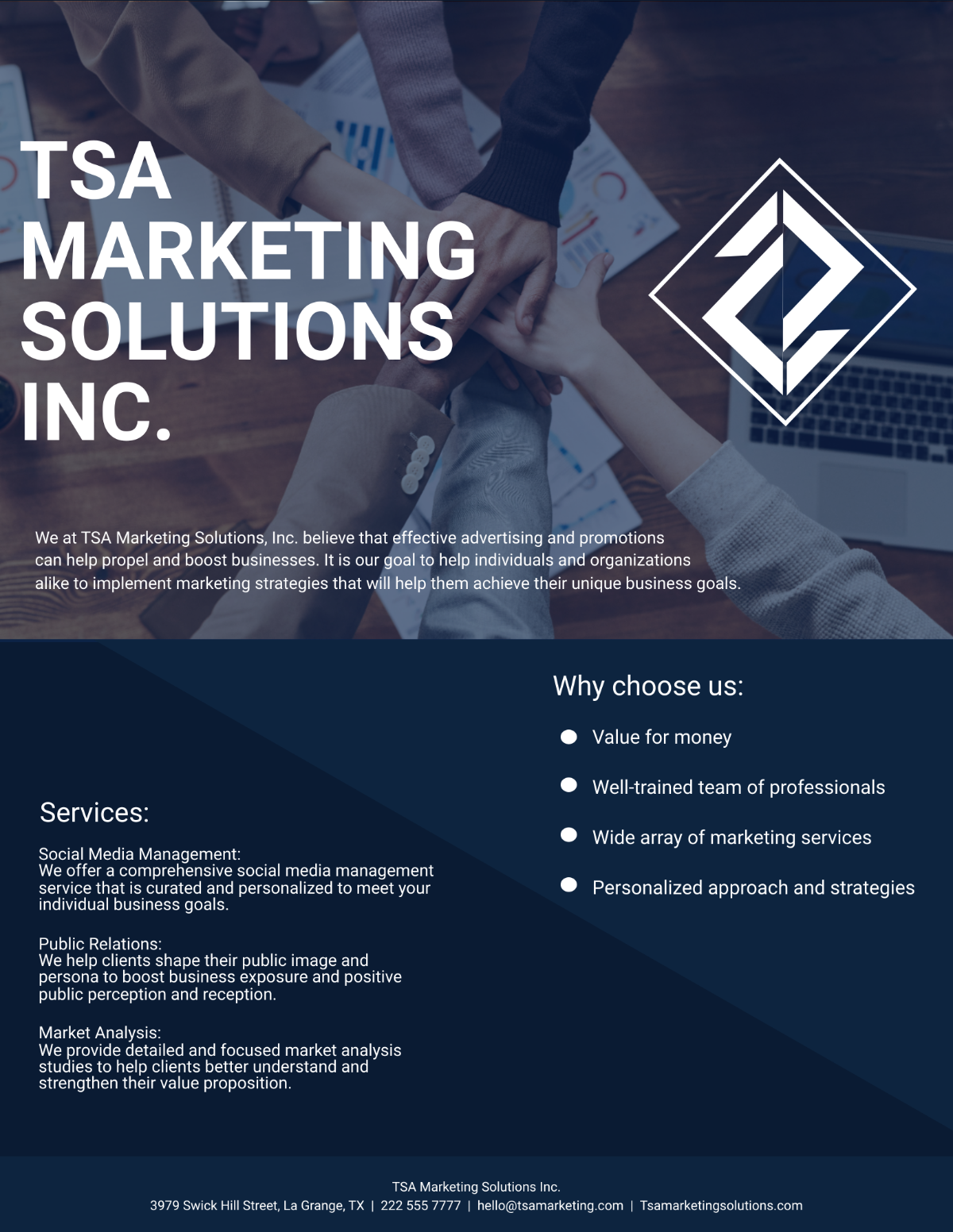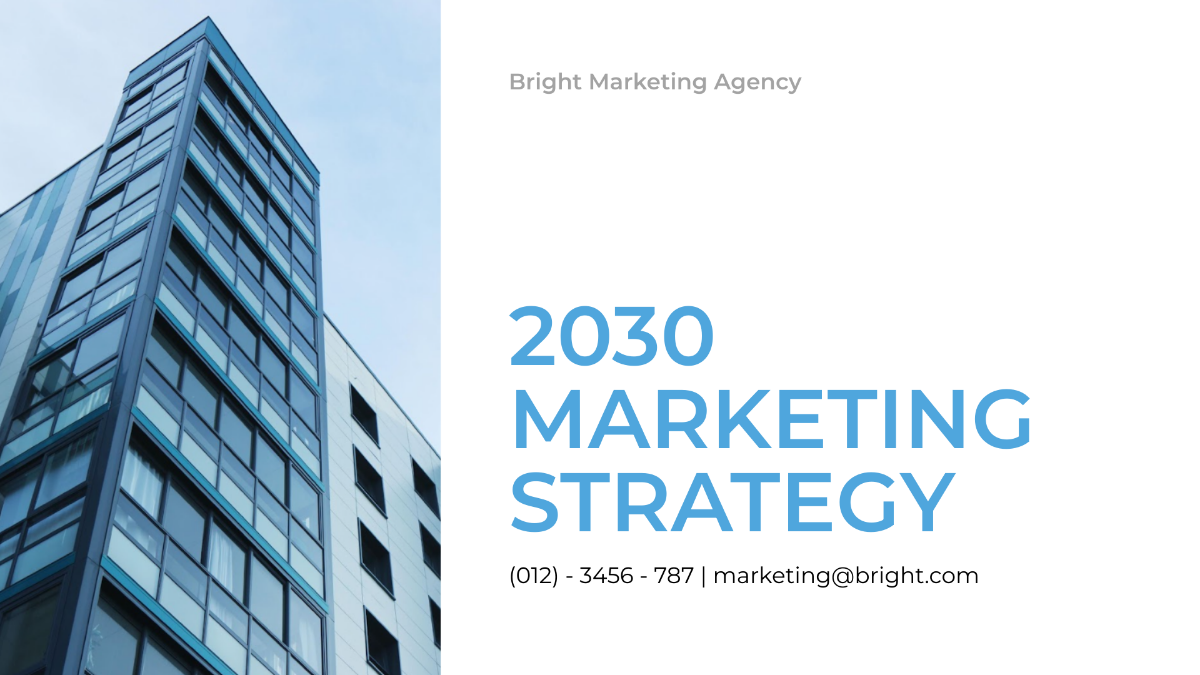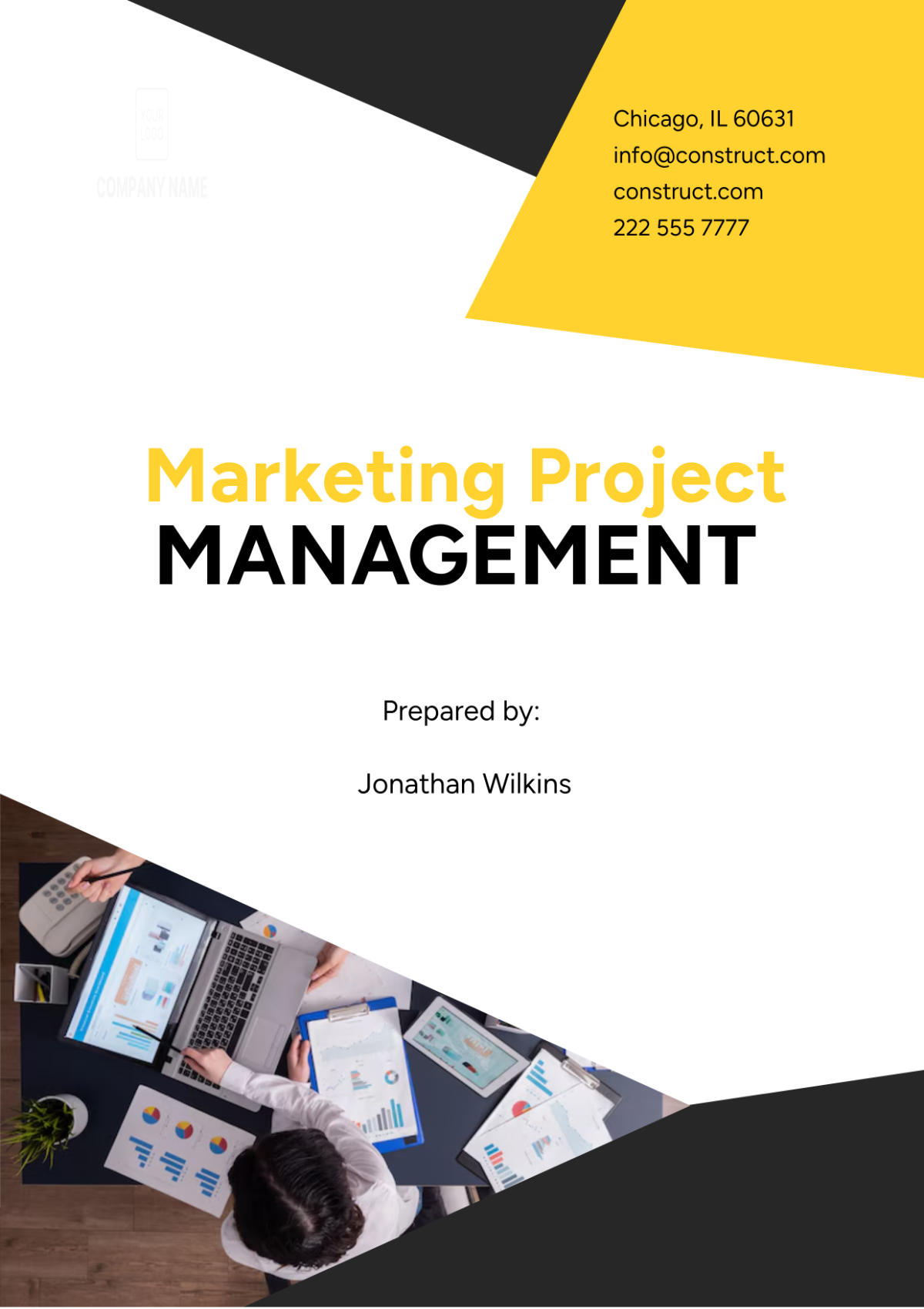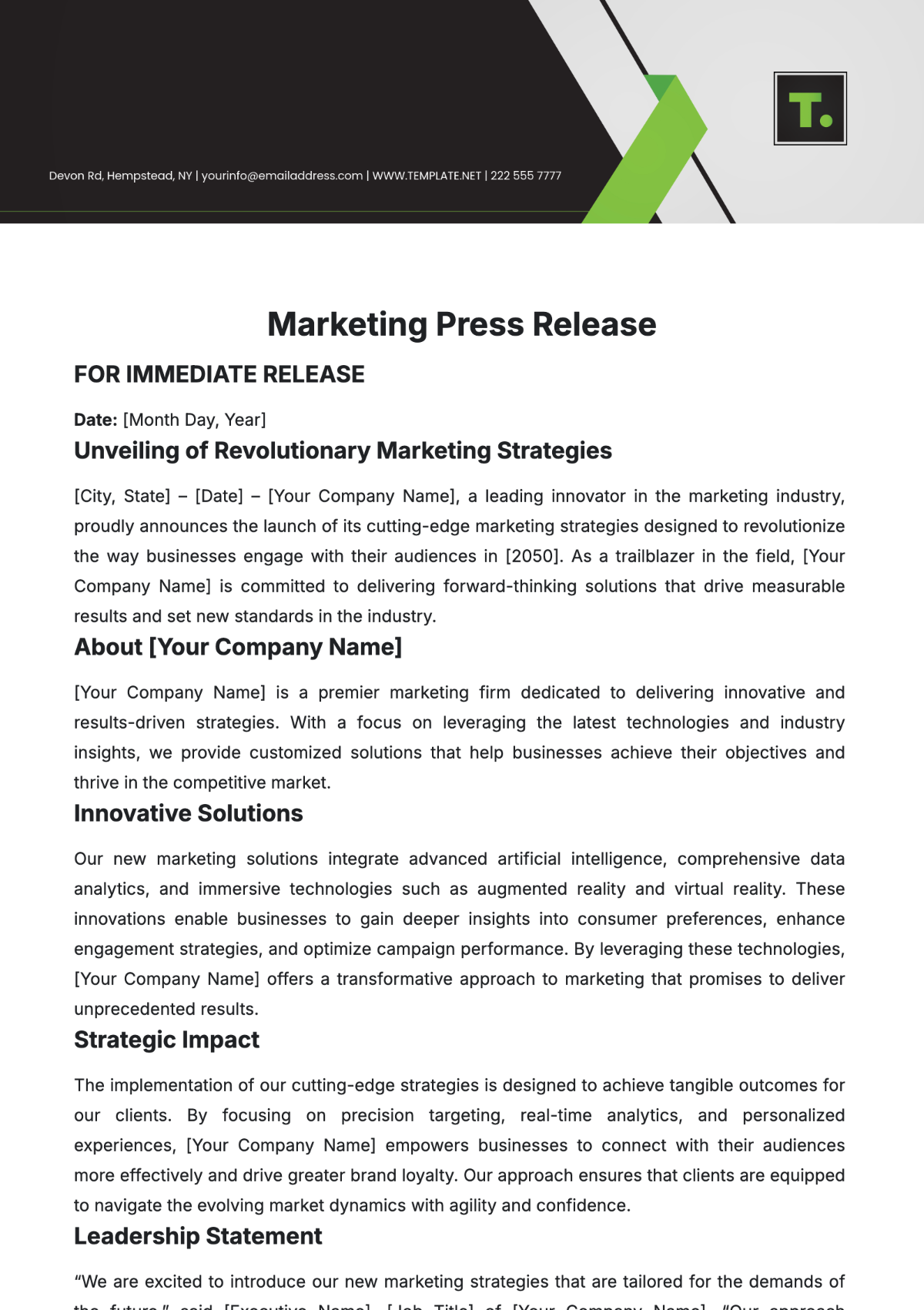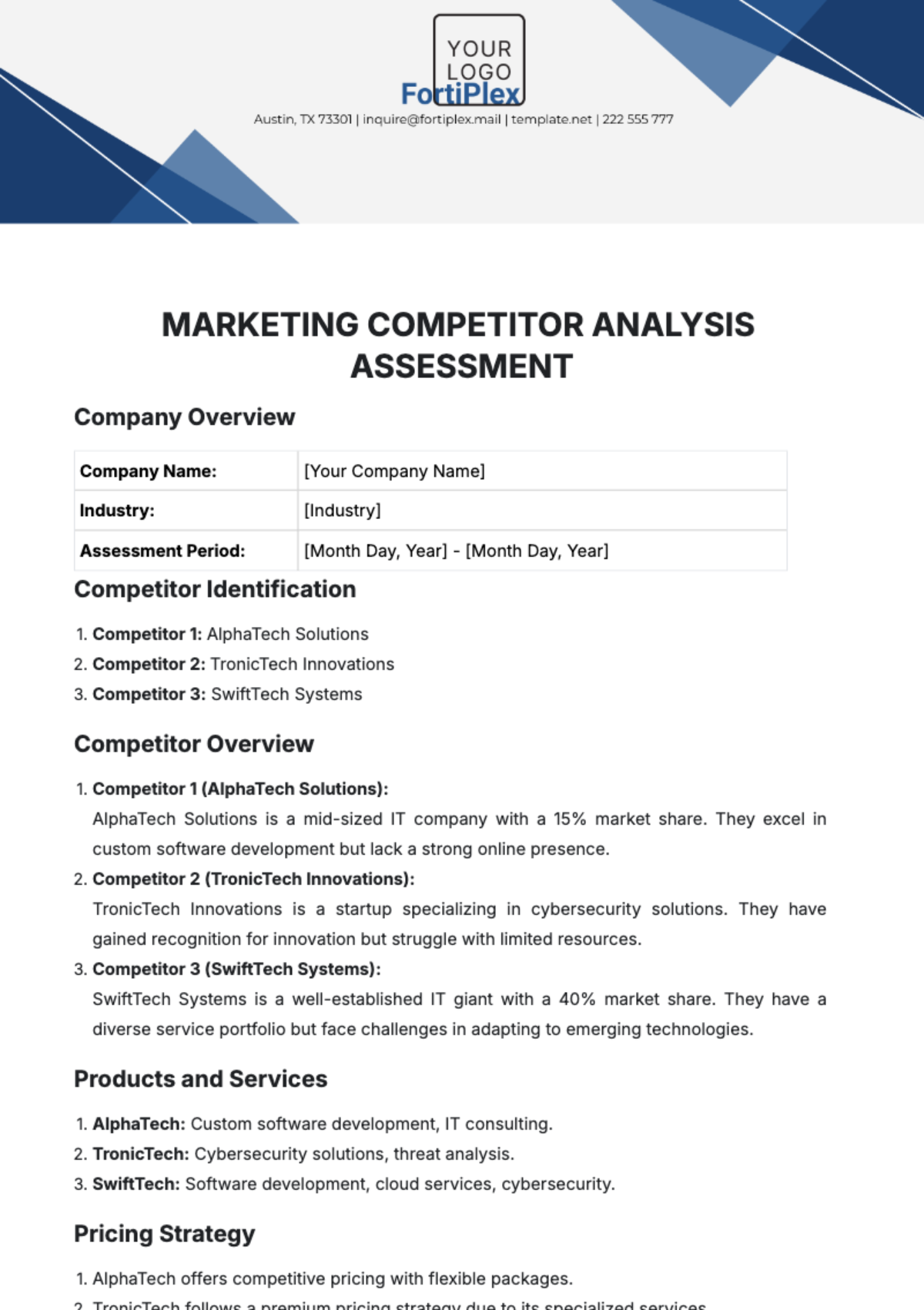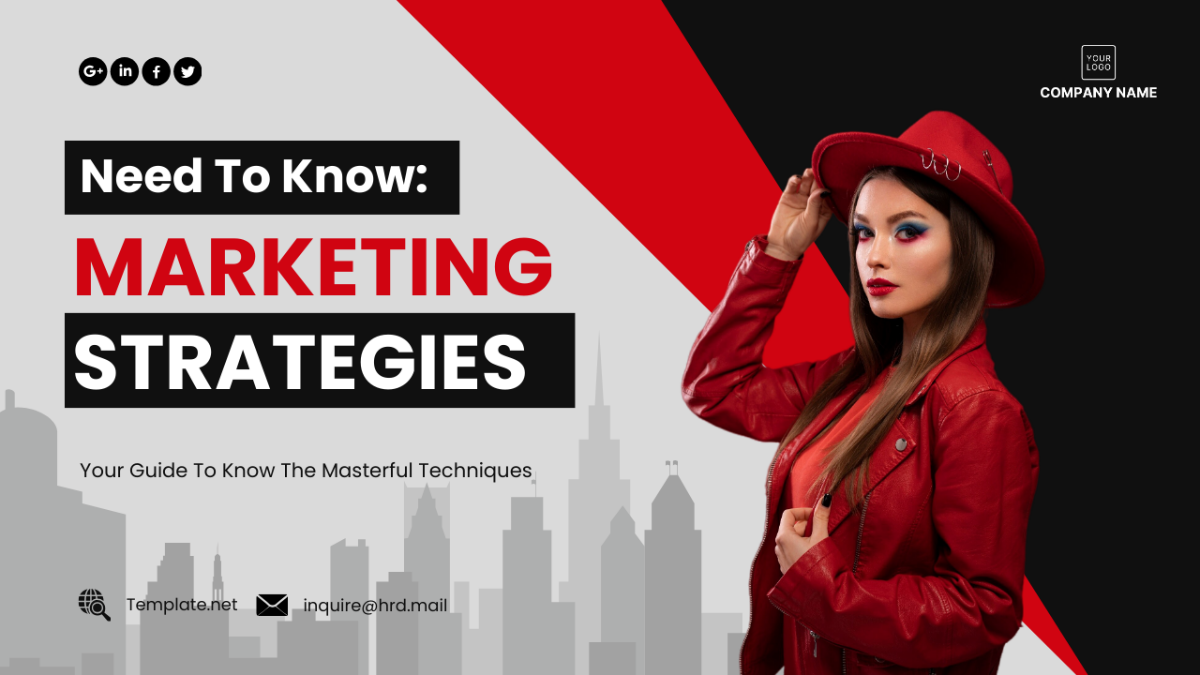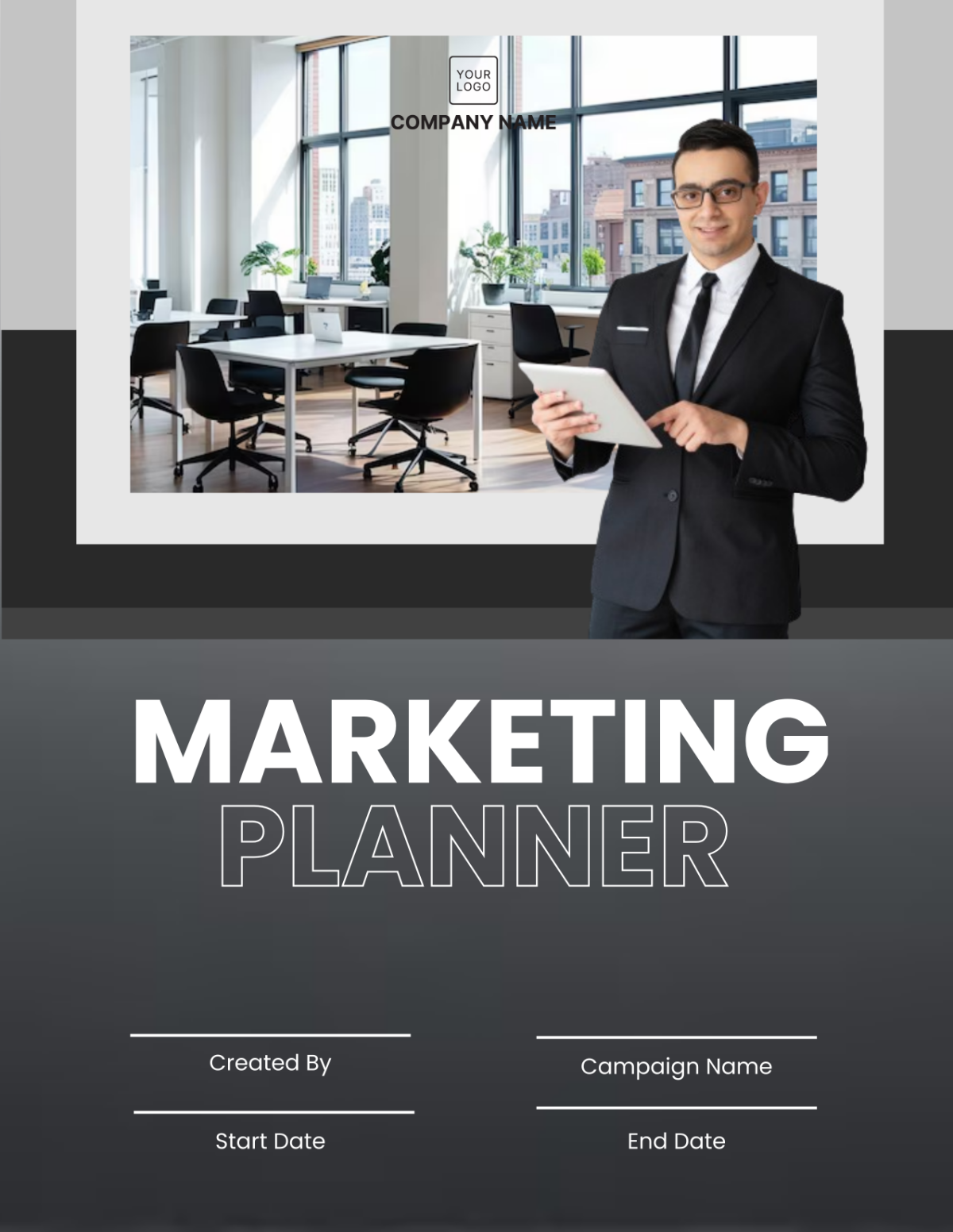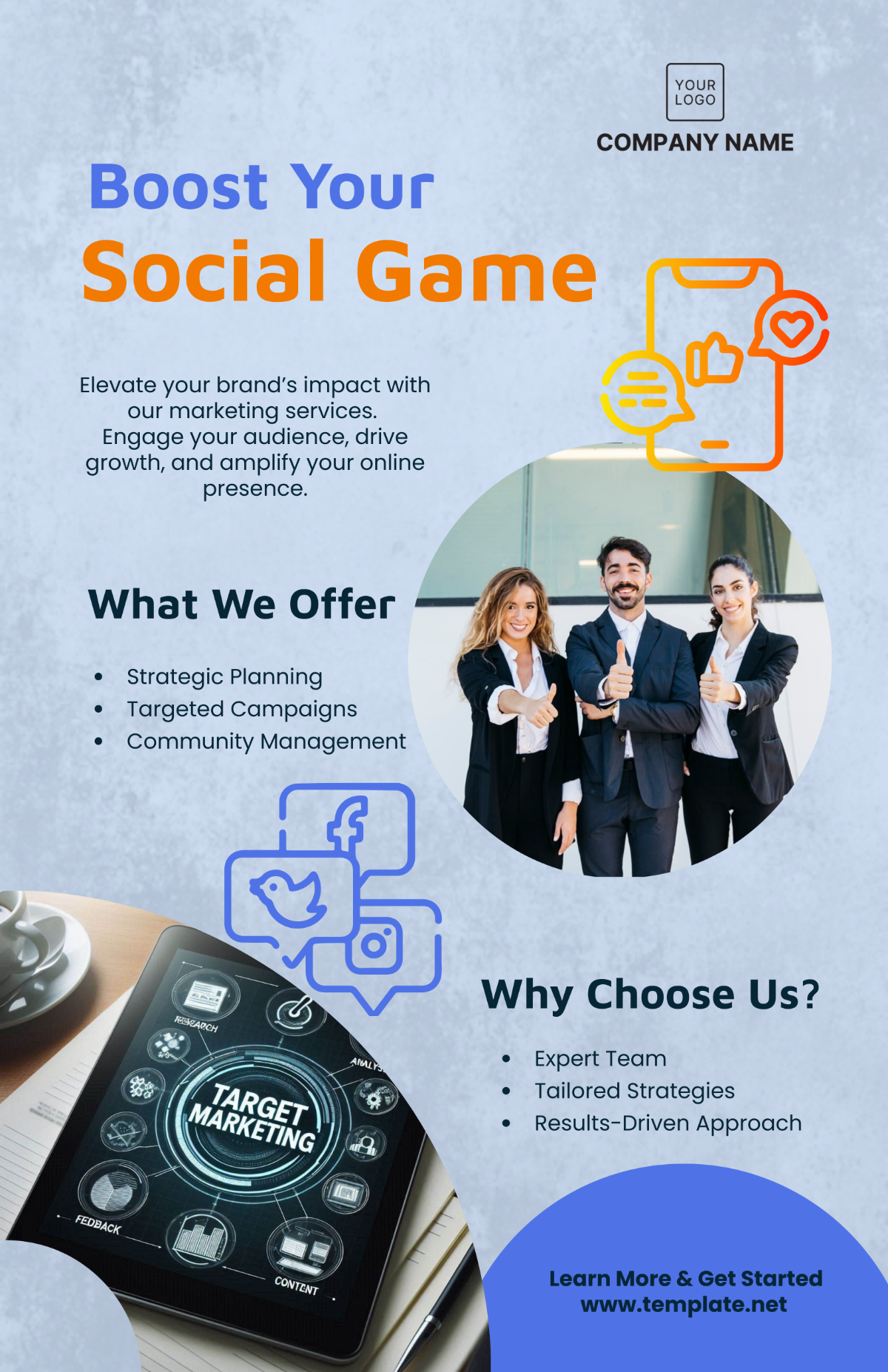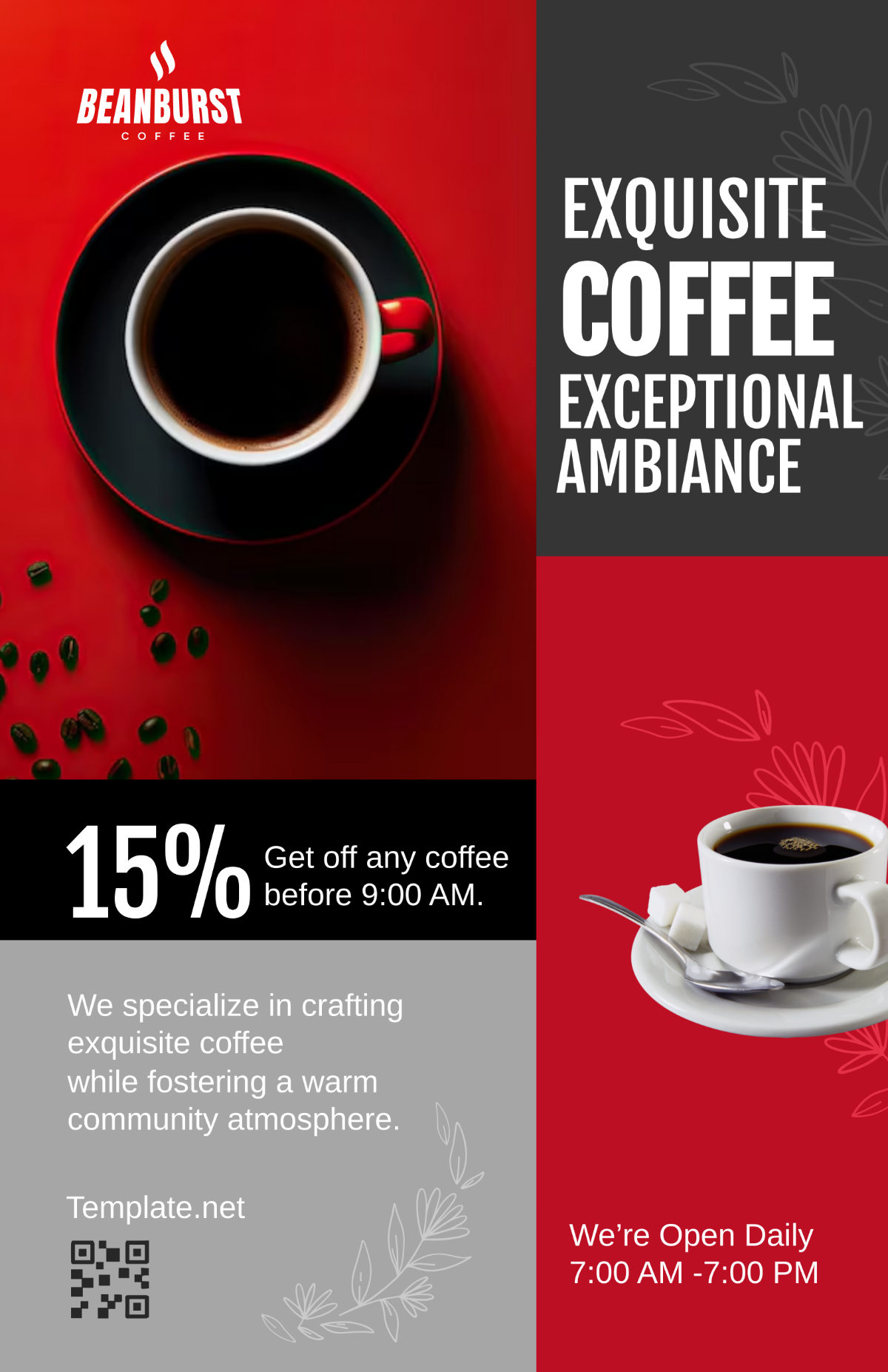Marketing Event Accessibility
and Inclusivity Guide
Welcome to the Marketing Event Accessibility and Inclusivity Guide for [Your Company Name]. As the Marketing Manager responsible for planning and executing product launches and promotions, it is crucial to ensure that our marketing events are accessible and inclusive to all individuals. Accessibility and inclusivity are not just ethical imperatives but also smart business decisions, as they expand our reach and promote a positive brand image. This comprehensive guide outlines the key principles and detailed steps to follow in order to make our marketing events inclusive and accessible to a diverse audience.
Section 1: Pre-Event Planning
In this section, we lay the foundation for creating accessible and inclusive marketing events. Pre-event planning is a critical phase where we set the stage for success by defining our inclusivity goals, assembling an inclusivity team, and conducting comprehensive audience research. These steps are essential in ensuring that our events are welcoming and accessible to individuals from diverse backgrounds and abilities. Let's delve into the details:
I. Define Inclusivity Goals
Defining inclusivity goals is the first step in ensuring that our marketing events are accessible and inclusive. These goals set the direction for our event planning efforts, guiding us toward creating an environment that welcomes individuals of all backgrounds and abilities.
A. Goals Setting: Define clear and measurable inclusivity goals for each event. These goals should align with our company's commitment to diversity and inclusivity and reflect the specific needs of the target audience.
B. Targeted Inclusivity: Determine the specific audience groups you aim to include, such as individuals with disabilities, different cultural backgrounds, age groups, or other demographics. Consider the unique requirements and challenges of each group.
C. Measurable Metrics: Establish key performance indicators (KPIs) to measure the success of inclusivity efforts. These might include attendance from underrepresented groups, satisfaction ratings, or feedback on accessibility.
D. Timeline: Set a timeline for achieving inclusivity goals, including milestones for different phases of event planning, execution, and post-event evaluation.
II. Create an Inclusivity Team
Creating an inclusivity team is vital to ensure that accessibility and inclusivity are integrated into every aspect of event planning. This team comprises individuals from diverse backgrounds who bring varied perspectives to the table.
A. Team Formation: Assemble a dedicated inclusivity team within the marketing department. The team should consist of individuals who are passionate about inclusivity and have experience or expertise in diverse areas.
B. Roles and Responsibilities: Clearly define the roles and responsibilities of each team member. Assign tasks related to accessibility, communication, logistics, and event execution to ensure comprehensive coverage.
C. Diversity and Inclusion: Ensure that the inclusivity team itself reflects diversity and inclusivity. Consider including team members with disabilities, representatives from different cultural backgrounds, and individuals with various abilities and perspectives.
D. Training: Provide training and resources to the team to enhance their understanding of accessibility and inclusivity issues and best practices.
III. Conduct Audience Research
Audience research is a fundamental step to understand the needs, preferences, and accessibility requirements of our target audience. This information is critical for tailoring our events to be truly inclusive.
Research Scope: Define the scope of your audience research, including the geographical locations of your target audience, age groups, cultural backgrounds, and specific disabilities or challenges to consider.
Data Collection: Utilize surveys, interviews, focus groups, and online analytics to gather data. Reach out to existing customers, potential attendees, and community organizations to gather insights.
Accessibility Requirements: Identify the accessibility requirements of your audience, such as the need for wheelchair ramps, sign language interpretation, accessible transportation, or dietary accommodations.
Cultural Sensitivity: Ensure that your research considers cultural sensitivities and preferences. This may involve understanding cultural taboos, religious observances, or dietary restrictions.
Feedback Channels: Create accessible and inclusive feedback channels to gather ongoing input from your audience as the event planning progresses.
Section 2: Event Promotion
In this section, we focus on promoting our marketing events in a way that reflects our commitment to accessibility and inclusivity. Event promotion is not only about reaching a wider audience but also ensuring that everyone, regardless of their background or abilities, feels welcomed and informed about our events. Let's explore the key aspects of event promotion in detail:
I. Inclusive Marketing Materials
Inclusive marketing materials play a crucial role in conveying our commitment to diversity and inclusivity. These materials not only promote the event but also set the tone for an inclusive and welcoming environment.
Diverse Representation: Ensure that marketing materials, including flyers, videos, and social media posts, feature a wide range of diverse representation. This should include individuals from different ethnicities, genders, ages, and abilities.
Cultural Sensitivity: Pay attention to cultural sensitivities and avoid stereotypes. Seek input from individuals with cultural expertise to ensure that materials are respectful and inclusive.
Alt-Text and Captions: Provide alt-text for images used in promotional materials to make them accessible to individuals with visual impairments. For videos, include accurate captions or subtitles to convey spoken content to individuals who are Deaf or hard of hearing.
Inclusive Language: Use inclusive language that respects gender identity, disability, and cultural diversity. Avoid language that may be exclusionary or offensive.
Accessibility Features: Consider the accessibility features of digital materials. Ensure that website content, PDFs, and other digital assets are designed with accessibility in mind.
II. Multiple Language Options
Providing event information in multiple languages demonstrates our commitment to inclusivity by making our content accessible to individuals who may not have English as their primary language.
Translation Services: Employ professional translation services to accurately translate event materials, including websites, brochures, and registration forms, into languages spoken by your target audience.
Multilingual Staff: If possible, have multilingual staff available to assist attendees who speak languages other than the event's primary language.
Cultural Considerations: Be mindful of cultural differences when translating content. Certain phrases, idioms, or cultural references may not have direct equivalents in other languages, so adapt content accordingly.
Language Selection: On your event website and promotional materials, prominently feature language selection options to make it easy for users to switch between languages.
III. Accessible Website and Registration
An accessible website and registration process are essential to ensure that all potential attendees, including those with disabilities, can access event information and register without barriers.
Accessible Web Design: Ensure that the event website follows accessible web design principles, including proper heading structures, alternative text for images, and keyboard navigation. Comply with WCAG (Web Content Accessibility Guidelines) standards.
Accessible Forms: Make registration forms accessible by using clear labels, providing instructions, and offering error messages in plain language. Ensure that forms can be easily navigated and completed using screen readers.
Alternative Formats: Offer event information in alternative formats such as braille, large print, or accessible PDFs for individuals who may require them.
Contact Information: Clearly provide contact information for attendees to reach out with accessibility-related inquiries or requests for assistance during the registration process.
Section 3: Event Execution
The successful execution of our marketing events hinges on the effective implementation of accessibility and inclusivity measures. In this section, we dive into the critical aspects of event execution that ensure a welcoming and inclusive environment for all attendees. These aspects encompass physical access, communication access, providing assistance and support, and organizing inclusive activities. Let's delve into the details:
I. Physical Access
Physical access is a fundamental component of event execution, ensuring that the event venue is fully accessible to all attendees, including those with mobility impairments.
Venue Inspection: Conduct a thorough inspection of the event venue to ensure that it complies with accessibility standards. Check for wheelchair ramps, accessible parking, and elevators, among other essential features.
Accessible Seating: Reserve accessible seating areas for attendees who require them and clearly mark these areas. Ensure that these seats have an unobstructed view of the event.
Signage and Wayfinding: Use clear signage to guide attendees to accessible entrances, restrooms, and other facilities. Make sure that signage is easy to read and provides tactile information for individuals with visual impairments.
Egress Planning: Establish clear plans for accessible emergency egress, including accessible exits and evacuation routes for individuals with disabilities.
II. Communication Access
Effective communication is essential during events to ensure that all attendees can participate and understand the content presented.
Microphones and Sound Systems: Ensure that all speakers and presenters use microphones and sound systems to amplify their voices. This helps attendees with hearing impairments or those seated at a distance to hear clearly.
Real-Time Captioning: Provide real-time captioning services for any spoken content, such as presentations or panel discussions. Captions should be accurate and synchronized with the spoken words.
Sign Language Interpreters: If needed, arrange for sign language interpreters to facilitate communication for Deaf and hard-of-hearing attendees. Ensure that interpreters are visible and accessible to those who require their services.
Assistive Listening Devices: Offer assistive listening devices for attendees with hearing impairments. These devices can enhance the clarity of sound for individuals who use hearing aids or cochlear implants.
III. Assistance and Support
To create an inclusive event environment, it's essential to provide attendees with the support and assistance they may require to fully participate.
A. Trained Event Staff: Train event staff to provide assistance and support to attendees with diverse needs. Staff should be knowledgeable about accessibility features, venue layout, and the available assistance resources.
B. Accessible Facilities: Ensure that restrooms and other facilities are accessible and well-maintained. Provide clear signage to these facilities and offer assistance if needed.
C. Information Accessibility: Offer event information in alternative formats, such as large print or braille, for individuals who require them. Make sure that staff can provide accessible event brochures or materials upon request.
D. Quiet Spaces: Create designated quiet spaces for attendees who may need a break from sensory stimuli or require a calm environment. Ensure that these spaces are clearly marked and accessible.
IV. Inclusive Activities
Inclusive activities are designed to engage and involve all attendees, regardless of their background or abilities, creating a sense of belonging and participation.
A. Diverse Programming: Plan a diverse range of activities that cater to different interests and abilities. Consider workshops, interactive exhibits, and entertainment options that are accessible to all.
B. Sensory Considerations: Be mindful of sensory sensitivities and provide quiet or sensory-friendly spaces for attendees who may require them. Consider offering sensory-friendly versions of activities.
C. Inclusive Design: When designing activities, aim for inclusivity from the outset. Avoid activities that may exclude individuals based on their physical abilities, and ensure that all participants can engage fully.
D. Accessibility Information: Clearly communicate accessibility information for each activity, including any accommodations or assistance available. This information should be available in advance and on-site.
Section 4: Post-Event Evaluation
Post-event evaluation is a crucial phase in our commitment to accessibility and inclusivity. It allows us to assess the success of our efforts, gather feedback from attendees, and make improvements for future events. In this section, we will explore the key steps involved in conducting a thorough post-event evaluation:
I. Feedback Collection
Feedback collection is a critical part of post-event evaluation. It provides valuable insights into the attendee experience and helps us understand where we succeeded and where improvements are needed.
A. Survey Creation: Develop comprehensive surveys that cover various aspects of the event, including accessibility, inclusivity, satisfaction, and overall experience. These surveys should be accessible and available in multiple formats.
B. Feedback Channels: Offer multiple channels for feedback submission, such as online surveys, email, or dedicated feedback booths at the event venue. Ensure that these channels are accessible to all.
C. Accessibility-Specific Questions: Include specific questions related to accessibility and inclusivity in the surveys. Ask attendees about their experiences with accessibility features and any challenges they encountered.
D. Feedback Analysis: Collect and analyze feedback systematically. Identify common themes, areas of improvement, and success stories related to accessibility and inclusivity.
E. Attendee Interviews: Conduct interviews or focus groups with a diverse group of attendees, including individuals with disabilities, to gather in-depth qualitative feedback.
II. Accessibility Compliance Review
The accessibility compliance review is a systematic assessment to ensure that all accessibility and inclusivity goals set for the event were met. It involves a detailed examination of event planning and execution.
A. Goal Review: Refer back to the inclusivity goals defined before the event and compare them with the outcomes achieved. Evaluate whether these goals were met and if there were any deviations.
B. Documentation Review: Examine all documentation related to accessibility measures taken during the event planning and execution phases. Ensure that accessibility plans are followed.
C. Compliance Assessment: Assess compliance with accessibility standards and guidelines, such as the WCAG (Web Content Accessibility Guidelines) for digital materials and ADA (Americans with Disabilities Act) requirements for physical spaces.
D.Feedback Integration: Incorporate feedback from attendees into the review process. Identify areas where feedback aligns with the compliance assessment and prioritize necessary improvements.
E. Identify Best Practices: Recognize and document any accessibility and inclusivity best practices that emerged during the event. These can serve as a foundation for future events.
F. Action Planning: Develop an action plan based on the review findings. Clearly outline the steps required to address any identified gaps and enhance accessibility and inclusivity for future events.
By following this Marketing Event Accessibility and Inclusivity Guide, we can ensure that our marketing events in the year 2050 and beyond are welcoming and accessible to all individuals, regardless of their background or abilities. This not only aligns with our commitment to diversity and inclusivity but also enhances our brand reputation and expands our reach to a wider and more diverse audience. Remember that accessibility and inclusivity are ongoing efforts, and continuous improvement should be an integral part of our marketing event strategy in the years ahead.


